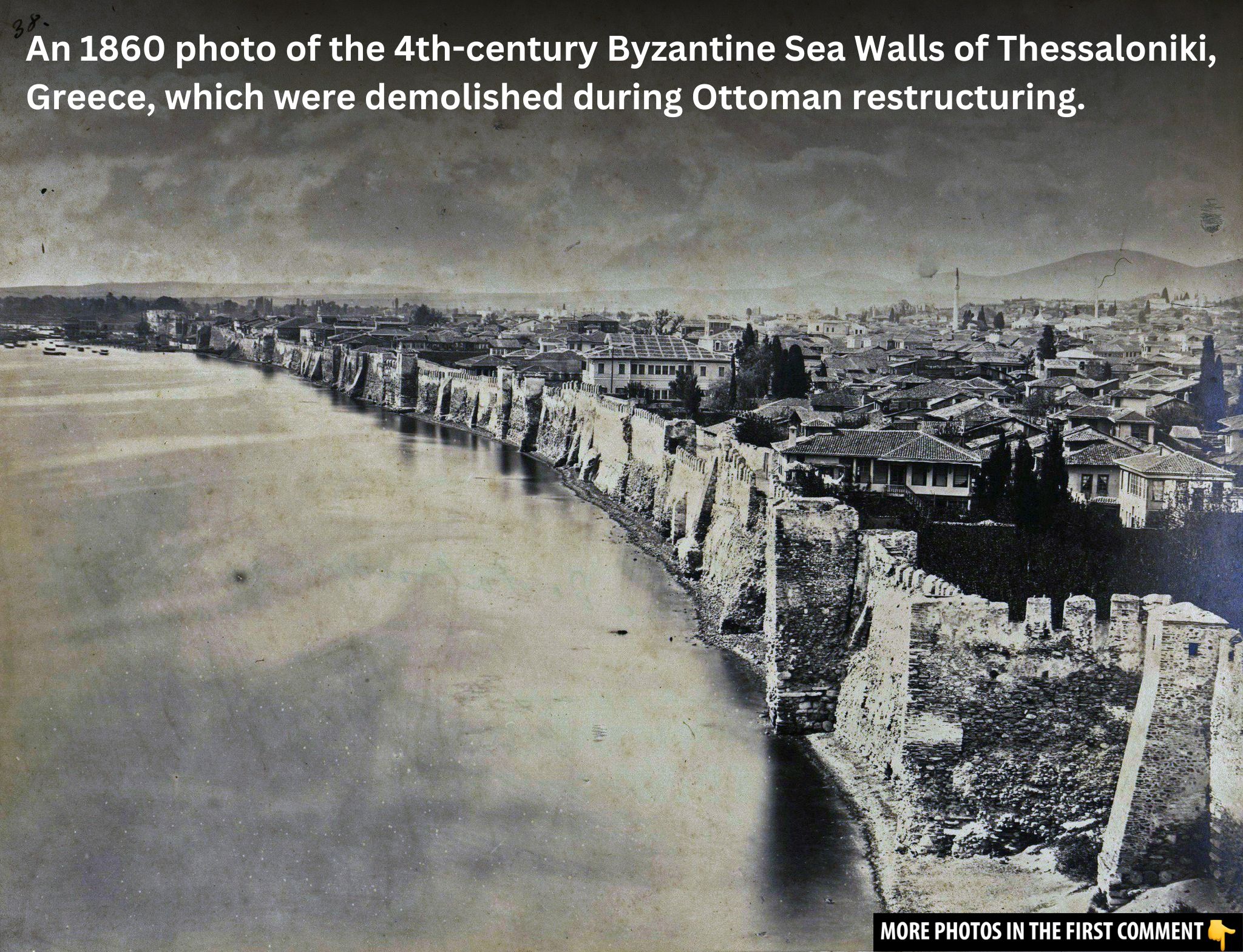Thessaloniki, one of Greece’s most historic cities, has long been defined by its powerful fortifications. The Byzantine walls, which once encircled the city, are not just physical structures—they are a testament to the city’s resilience and its central role in history. Built and enhanced over centuries, these walls were crucial in protecting Thessaloniki from various invaders, while also serving as a defining feature of its architectural landscape. In this article, we explore the evolution, features, and lasting legacy of the Byzantine Walls of Thessaloniki, as well as their significance in shaping the city we know today.
The Origins of the Walls: From Cassander to Theodosius I
The history of Thessaloniki’s fortifications began shortly after the city’s founding by Cassander in 315 BC. Initially, the city’s defenses were modest, but the establishment of the walls became a priority as the city grew in prominence. In 390 AD, significant changes were made under the reign of Theodosius I. These new walls were designed in a trapezoidal shape, stretching for approximately 8 kilometers. They were meant to protect the city from various external threats, particularly from the Goths who had been making raids across the region.

The walls of Thessaloniki were constructed to be both defensive and symbolic, marking the city’s status in the Byzantine Empire. These fortifications were carefully planned to strengthen the city’s defenses while blending with the natural terrain. At the time, the city was not just a place of commerce but also an important strategic hub, so these walls were not just an architectural feature—they were integral to Thessaloniki’s survival.
Video
Watch the video to take a quick tour of Thessaloniki! Don’t miss this exciting exploration of Greece’s vibrant city and its rich history.
The Evolution of the Walls: Byzantine to Ottoman Period
As the centuries passed, the walls of Thessaloniki were modified and strengthened to meet new challenges. In the 1st half of the 15th century, with the increasing threat of the Turkish expansion, efforts were made to bolster the city’s defenses. During this period, significant additions were made, including the construction of important towers such as the Trigoniou Tower and the White Tower. These structures were designed to withstand the new types of artillery that were emerging at the time.

The walls, which originally consisted of alternating rectangular towers and triangular bulwarks, were further adapted during the Ottoman era. After the capture of Thessaloniki by the Ottomans in 1430, the fortifications were modified to suit the needs of artillery warfare. New fortresses were constructed, and the layout of the walls was adjusted to improve their effectiveness in defense. The Heptapyrgion fortress, for example, was built at the northernmost point of the Acropolis, adding to the complexity of the fortification system.
Architectural Features and Strategic Defenses
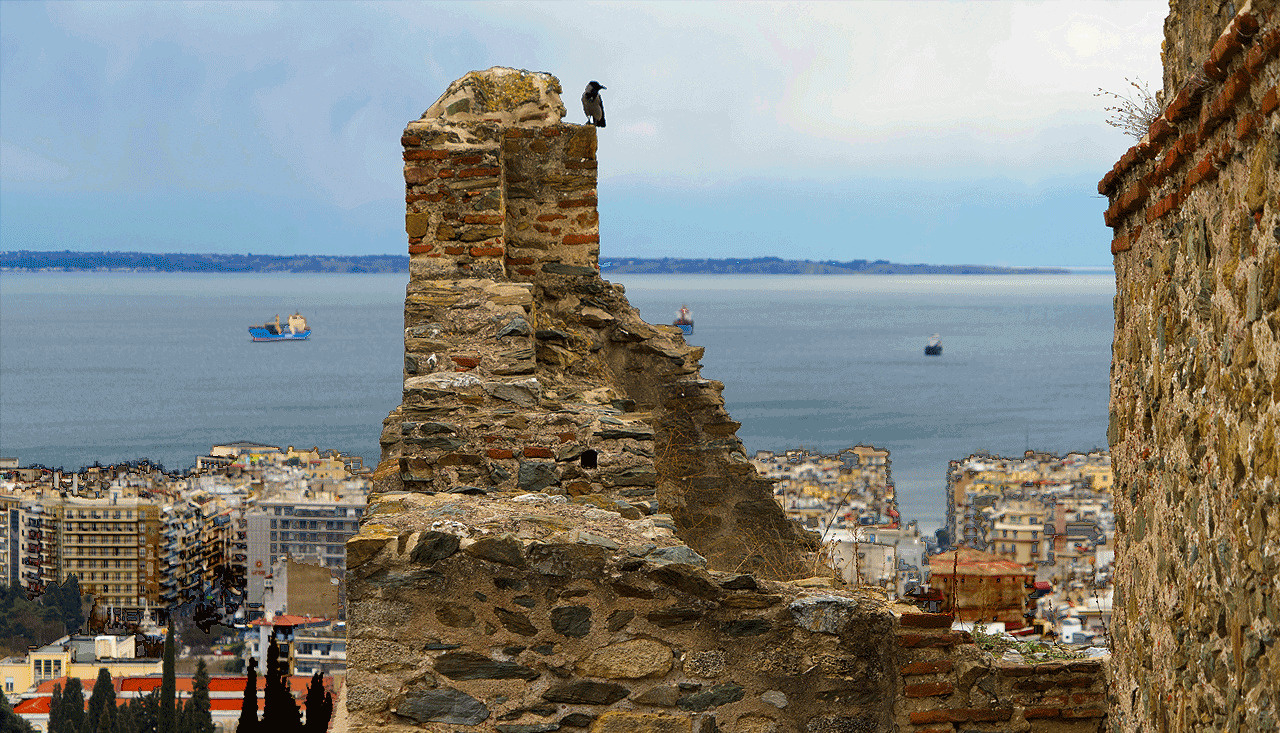
The Byzantine walls were not just about strength—they were meticulously designed with strategic features to improve the city’s defense. One of the most notable architectural features is the alternating triangular bulwarks and rectangular towers. These towers were strategically placed at the most vulnerable points of the Acropolis and the surrounding city to offer maximum protection.
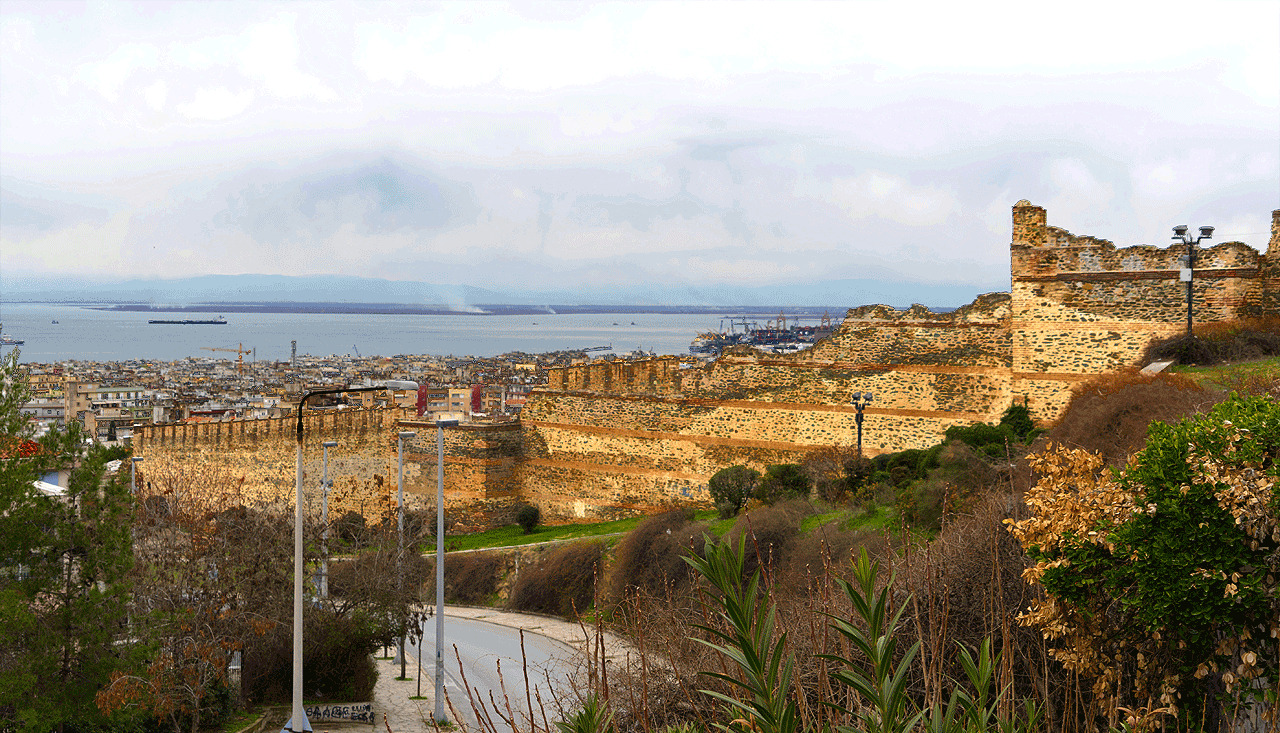
The city’s sea-facing wall was equally important. The original sea wall, which ran along the coastline, was designed to protect Thessaloniki from naval invasions. During the early years, this wall was reinforced by architectural elements from late Roman buildings, likely repurposed after the devastating earthquakes of 620-630. The design of the sea wall, which was once low and outer-facing, was later fortified as threats from naval forces continued. The wall also incorporated architectural features like a breakwater, providing the harbor with additional protection.
The Decline and Demolition of the Walls: 19th Century Onward
Despite their strength and historical significance, the Byzantine walls of Thessaloniki began to decline in the late 19th century. As the city modernized and grew, sections of the fortifications were gradually demolished to make way for urban expansion. The sea wall, in particular, began to be dismantled, and large portions of the land walls in the lower, flatter areas of the city were also taken down.
However, not all parts of the walls were lost to time. Several sections of the fortifications, including parts of the Acropolis and the Heptapyrgion, have survived, standing as impressive reminders of the city’s history. Today, nearly 4 kilometers of the original walls remain intact, showcasing the city’s enduring legacy and providing valuable insight into Thessaloniki’s rich architectural and cultural heritage.
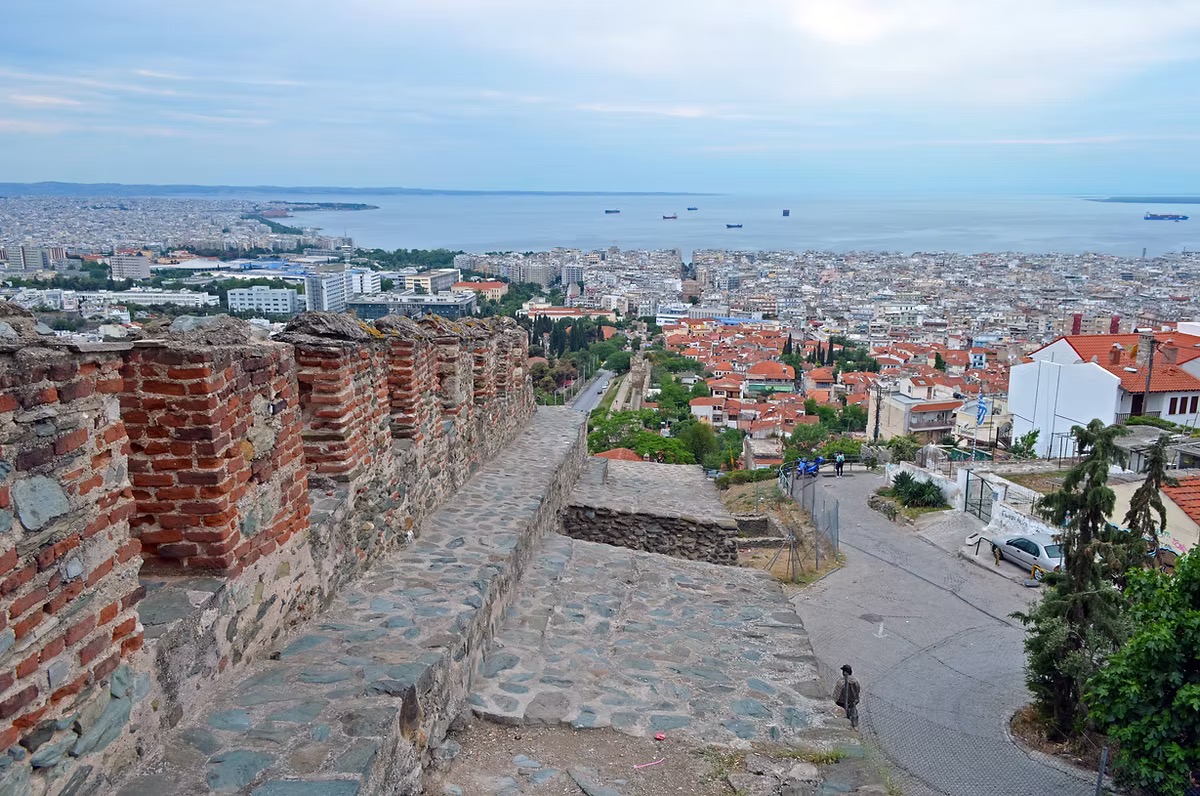
Notable Structures: Key Towers and Fortifications
Among the surviving structures, some of the most iconic are the White Tower, the Heptapyrgion fortress, and the Trigoniou Tower. These towers were integral to the city’s defense system, strategically positioned to offer maximum visibility and protection.
The White Tower, probably constructed during the 15th century, stands at the southeastern corner of the city’s fortifications. Over time, it has become one of the most recognizable symbols of Thessaloniki, representing the city’s resilience through centuries of conflict.
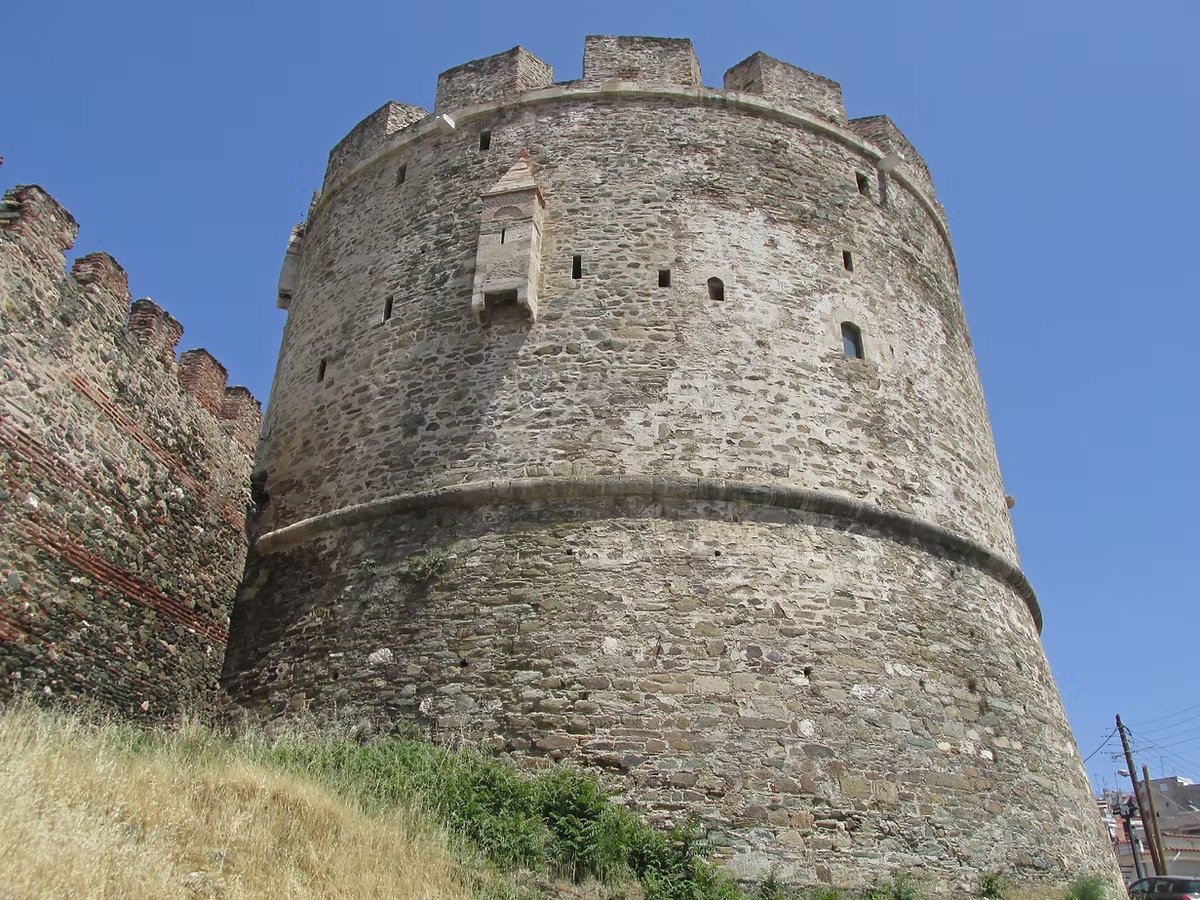
The Heptapyrgion fortress, located at the northern edge of the Acropolis, is another notable structure. Originally built during the Byzantine period, it was significantly altered by the Ottomans in 1431. The fortress served as both a defensive military stronghold and a prison in later years. Today, it remains one of the city’s most impressive fortifications.
Gates and Entrances: The Lifelines of the City
Thessaloniki’s fortifications included several gates, each serving as a crucial entrance to the city. The most prominent of these was the Golden Gate, located at the western end of the walls. This gate was part of the Via Regia, the Roman period’s main street, and served as the primary route for entering the city.
In the east, the Cassandreia Gate (later the Kalamaria Gate) marked the entrance to the city from the east. There were also smaller gates, such as the Asomatoi Gate and the Rome Gate, strategically placed to facilitate military access and communication.
The gates were not just functional; they were also an important part of the city’s overall defense strategy. Each gate was carefully positioned to protect the city from external threats while also serving as vital points for trade and communication.
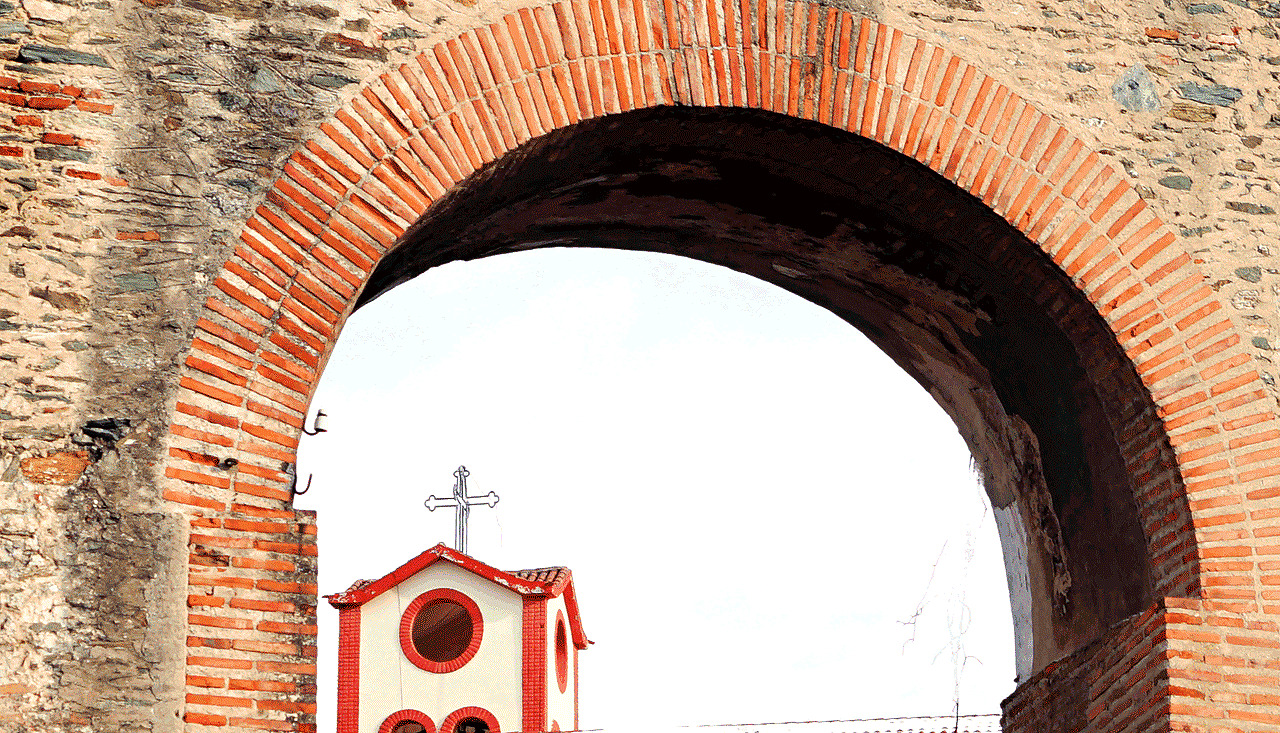
Gallery: Stunning Images of Thessaloniki’s Byzantine Walls
In this section, we explore the Byzantine walls through a selection of historical photographs and illustrations. These images provide a glimpse into the architectural beauty and strategic brilliance of the fortifications. From the imposing towers to the intricate details of the gates, the gallery offers a visual journey through the history of Thessaloniki’s fortifications.
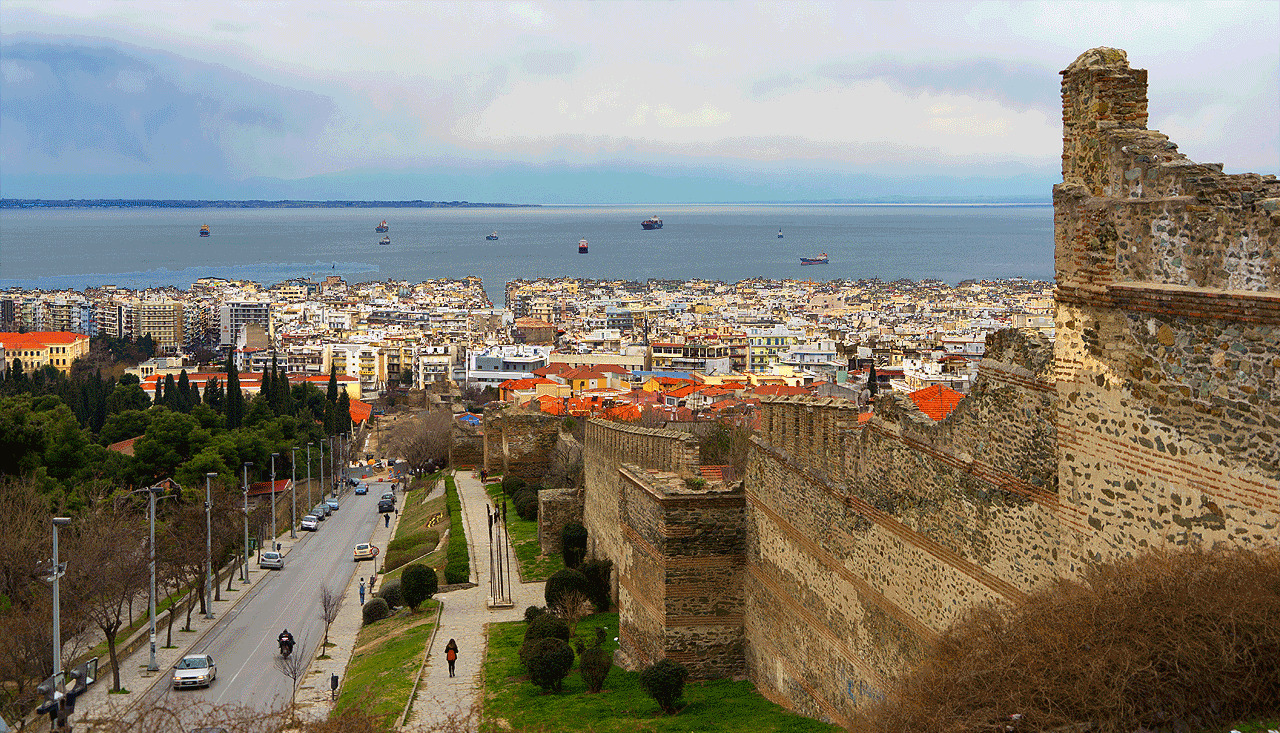
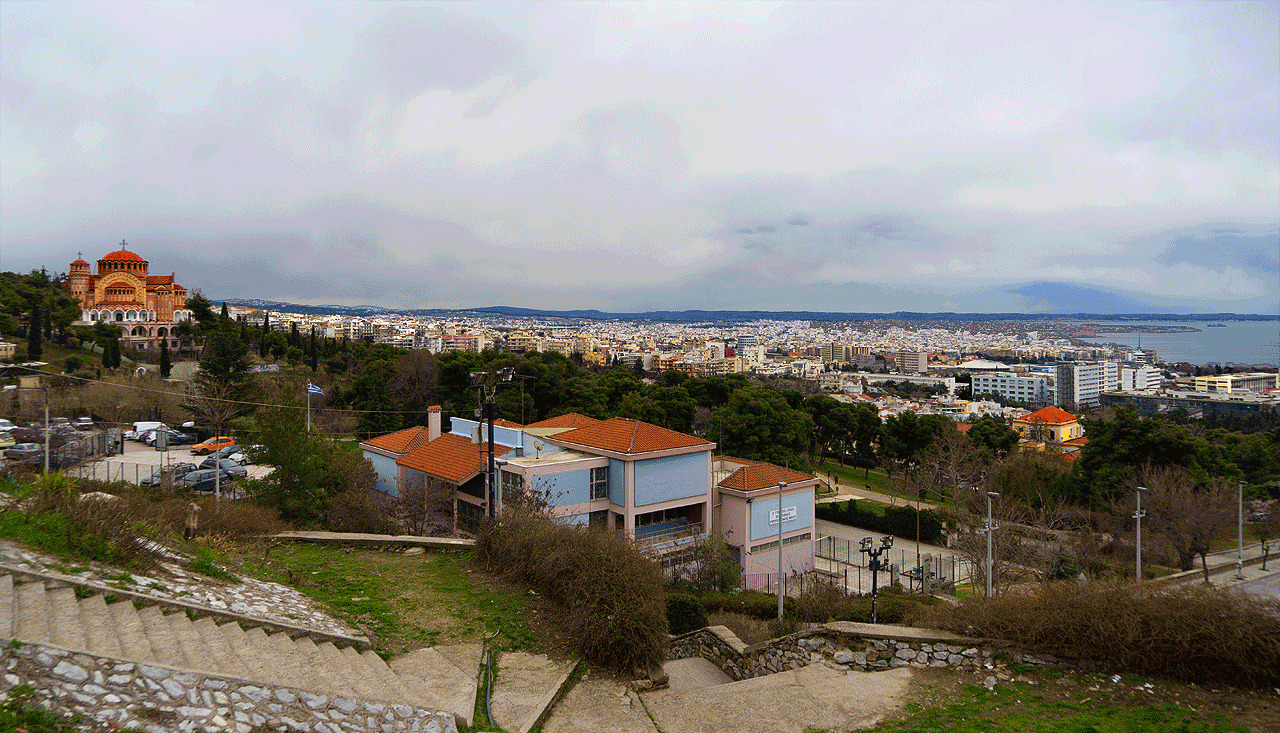
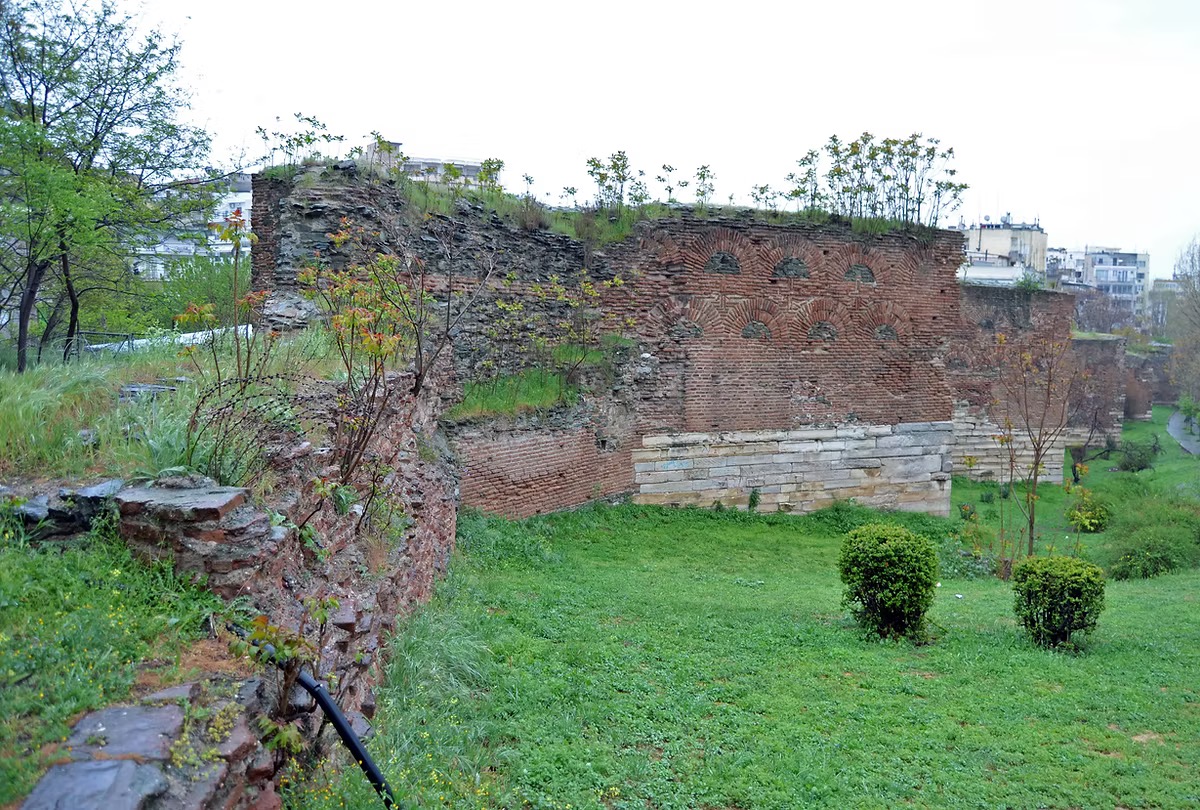
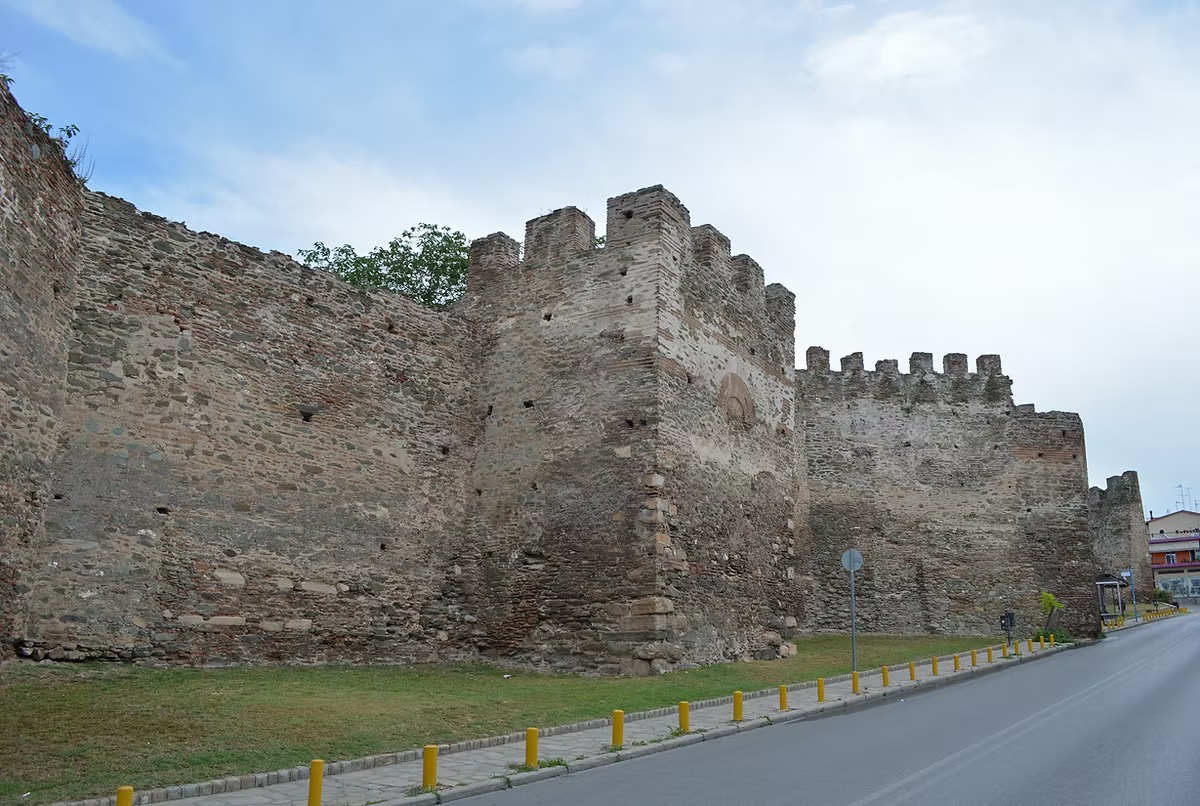
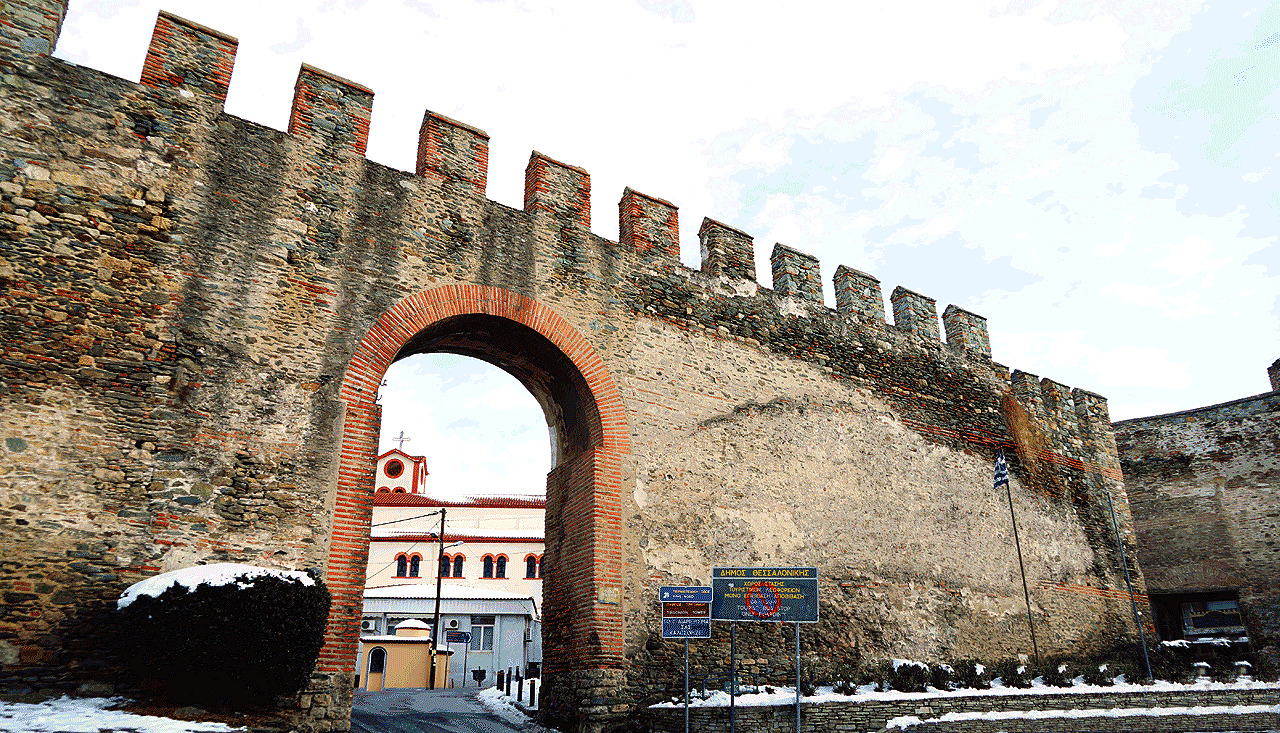
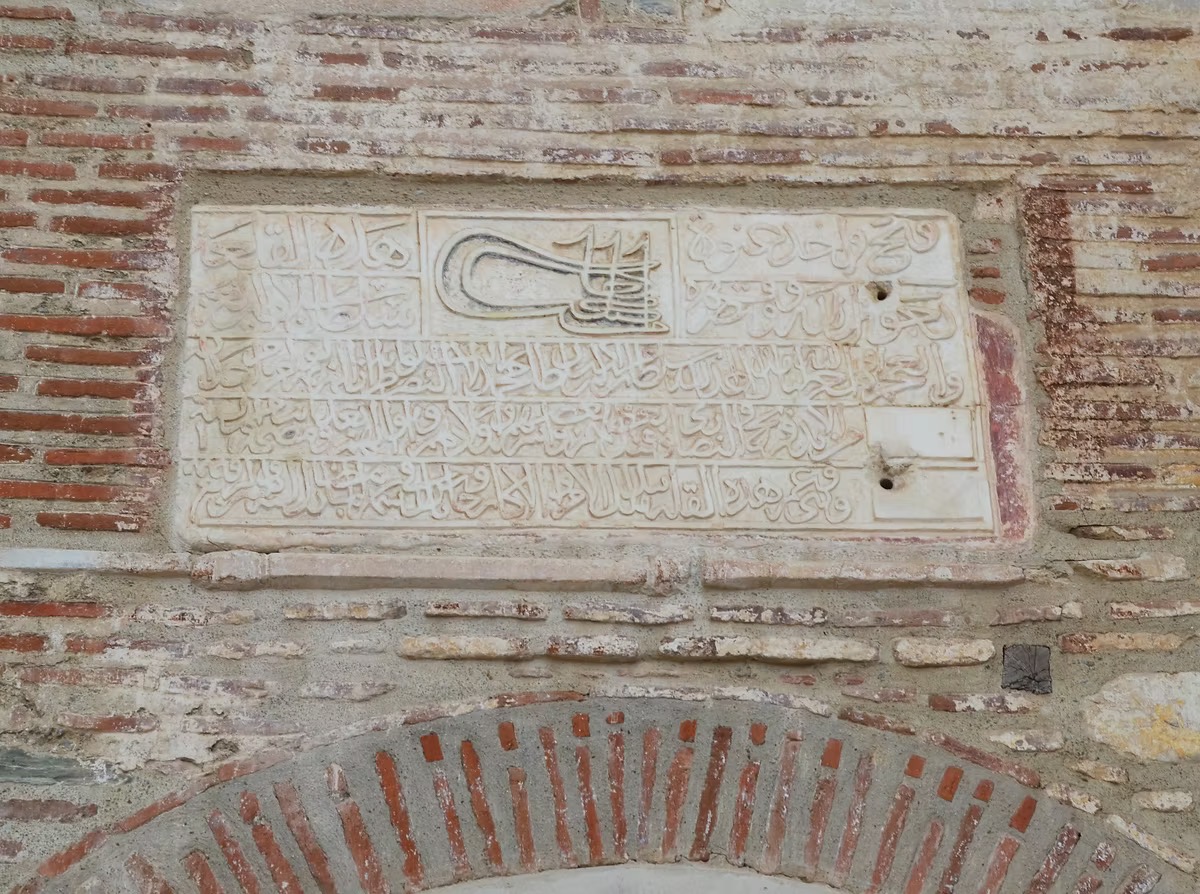
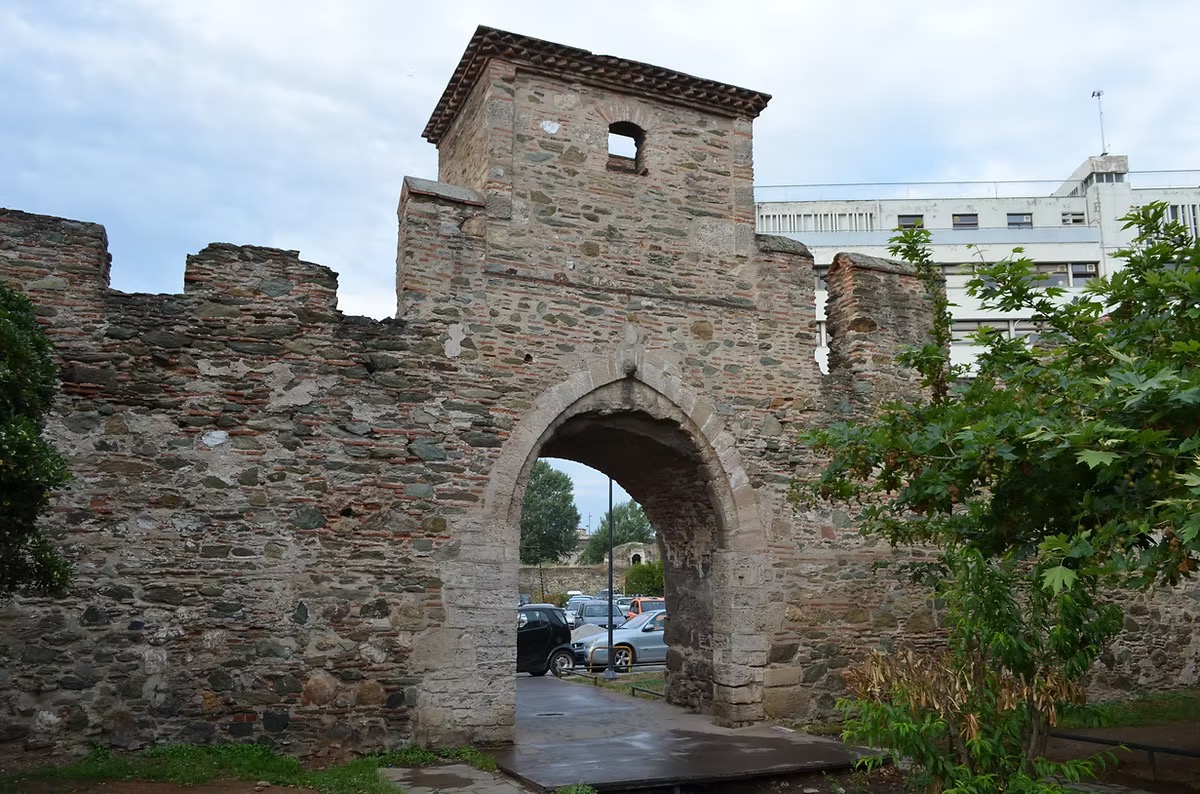
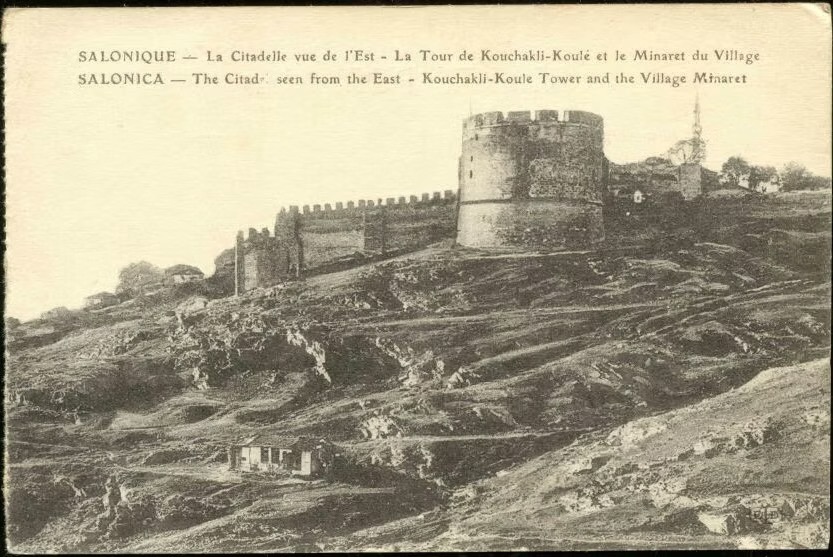
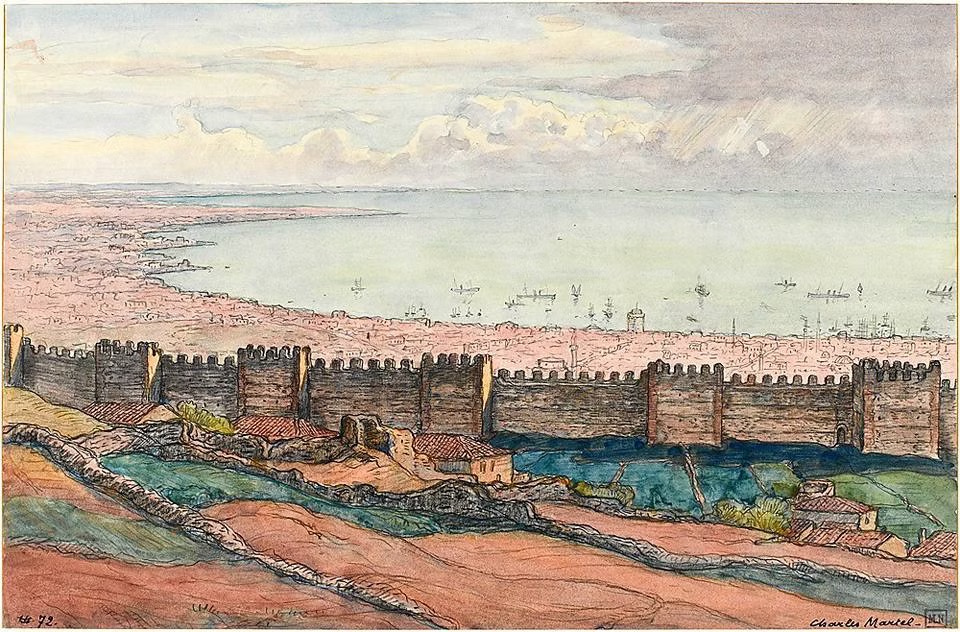
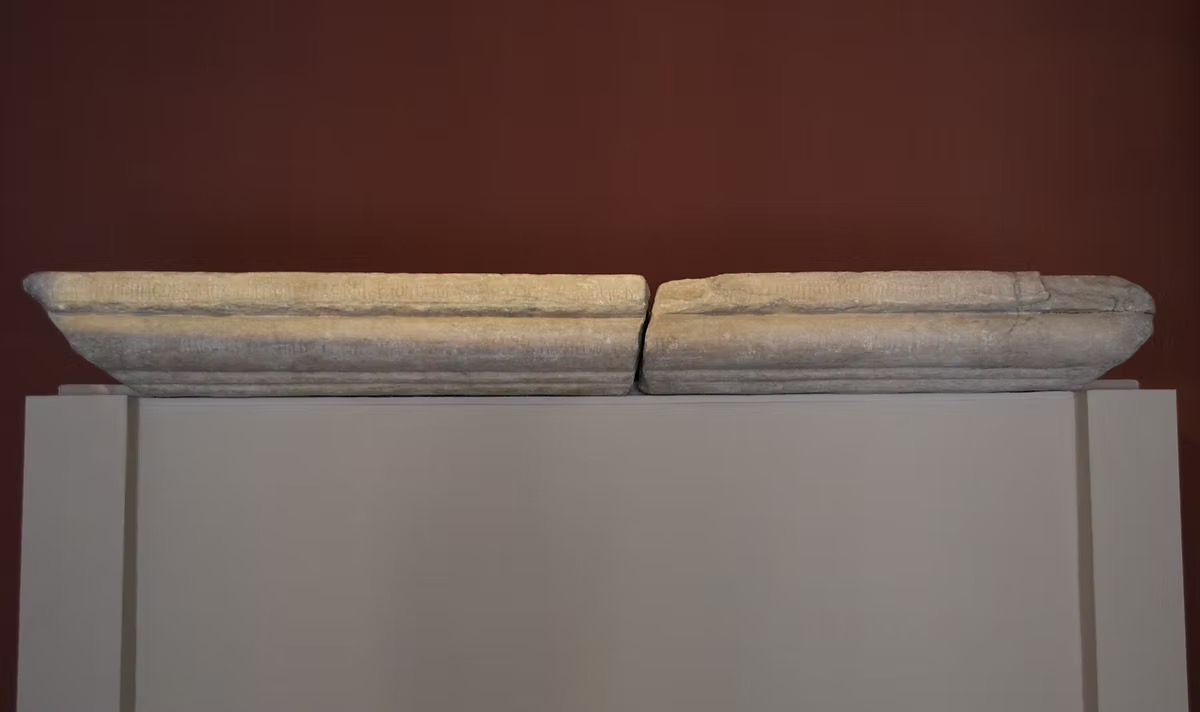
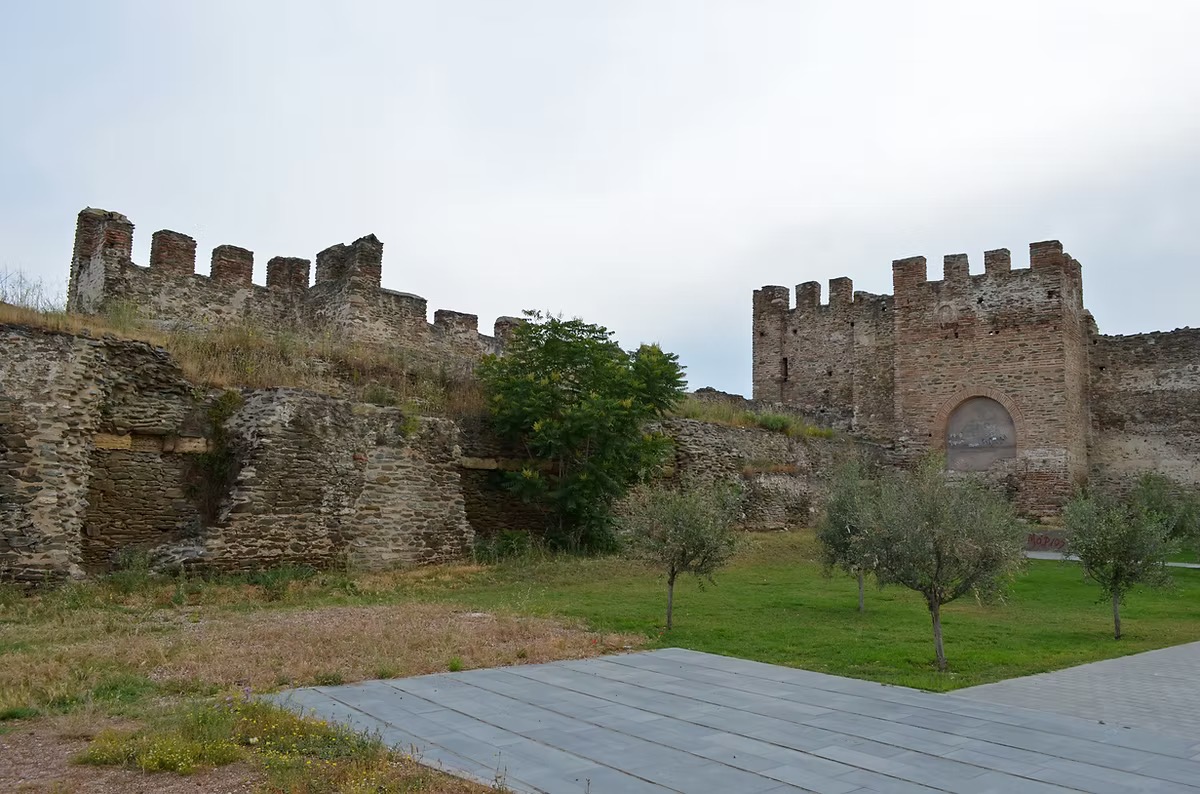
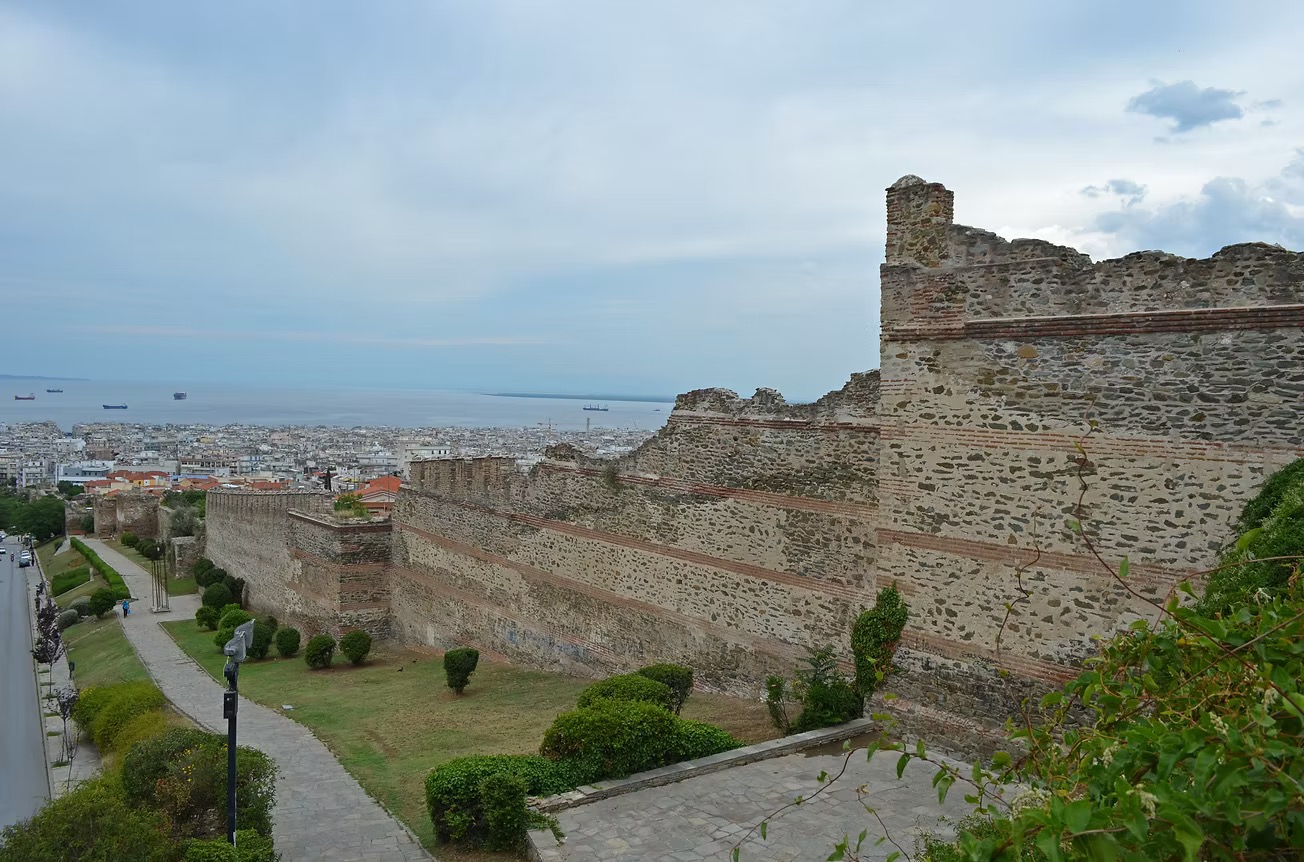
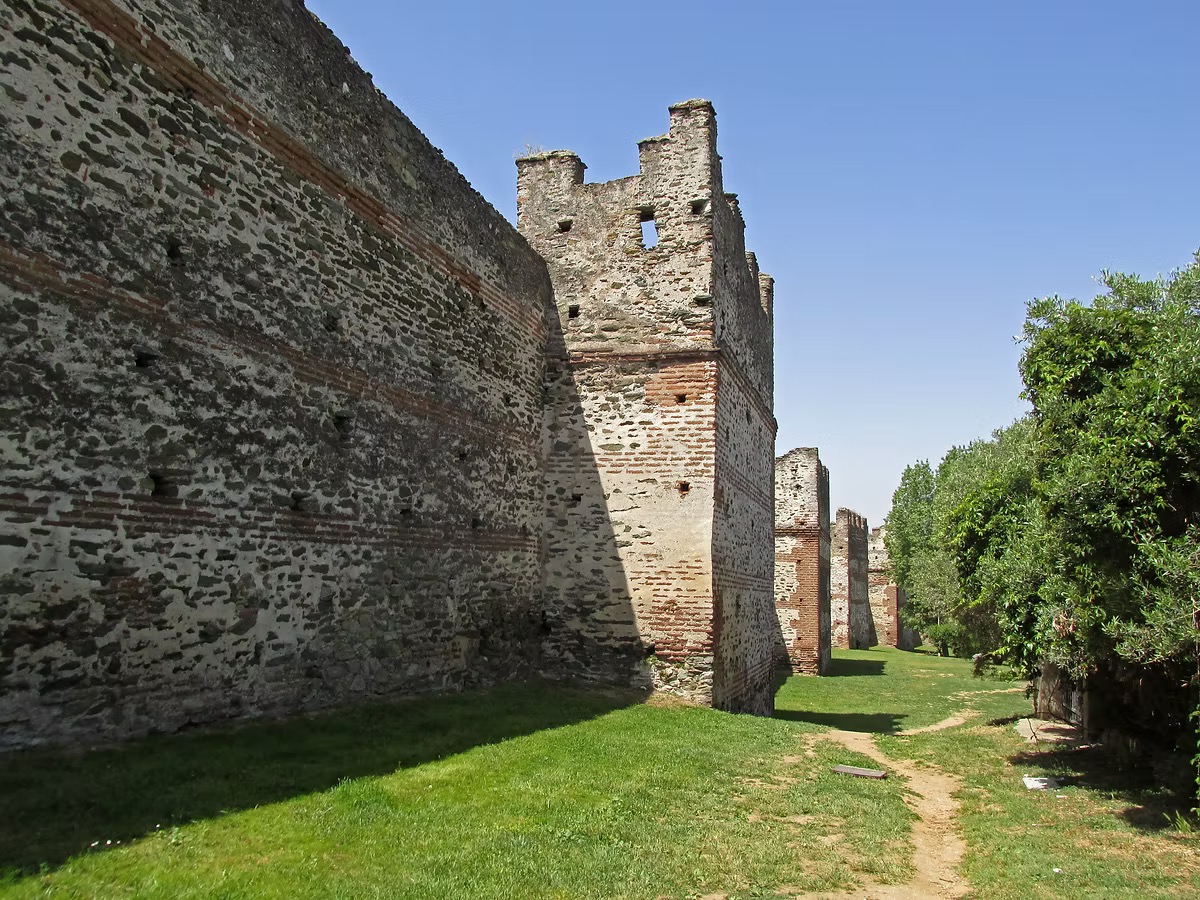
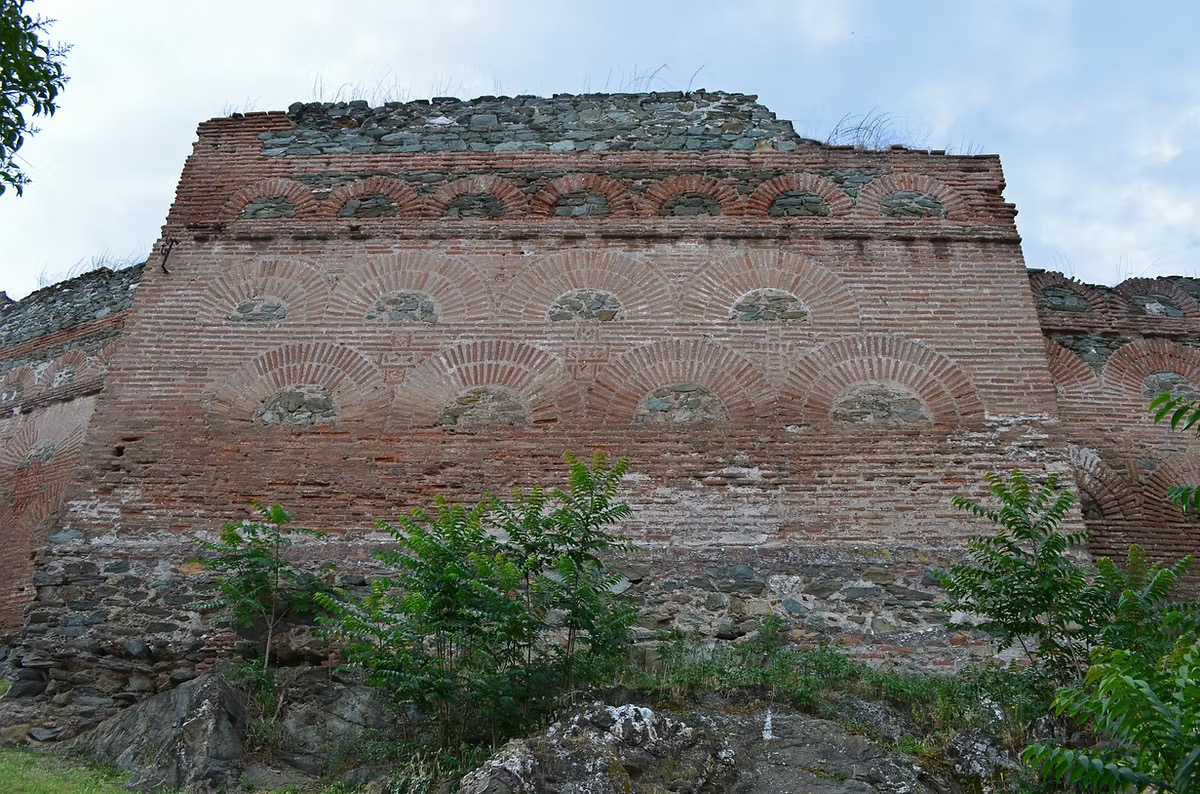
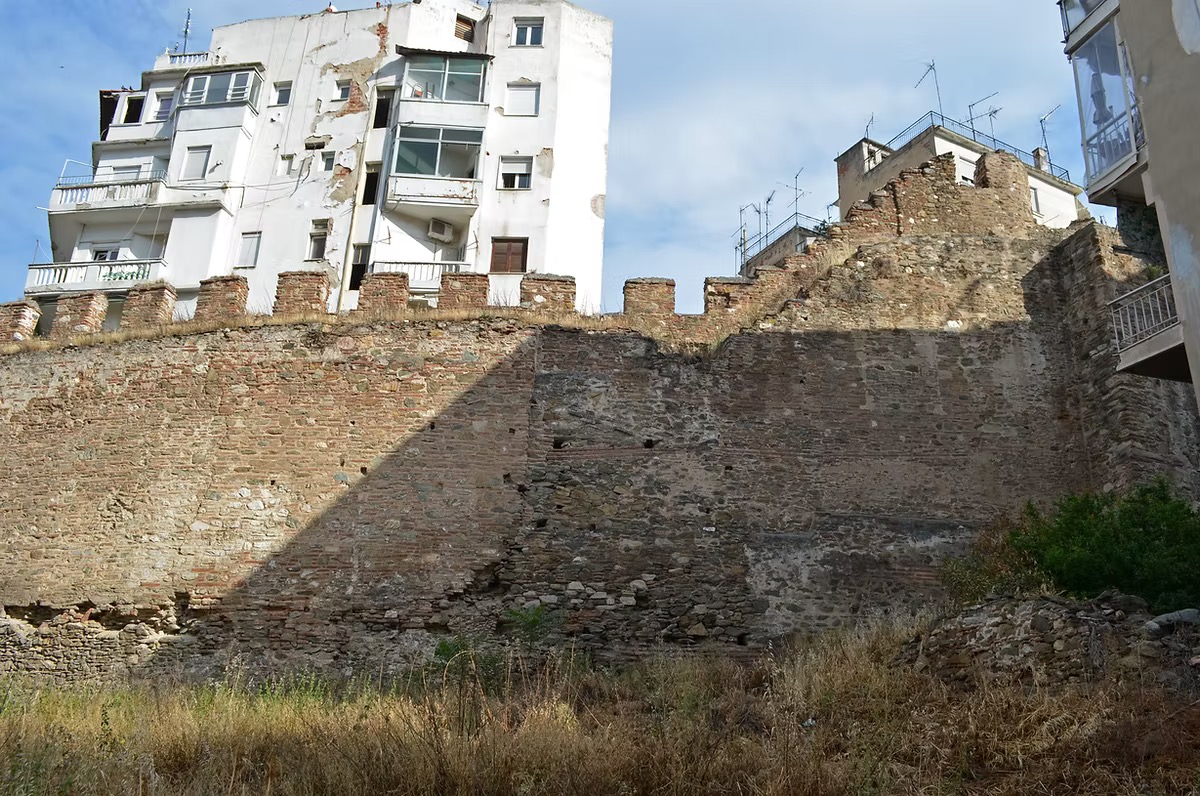
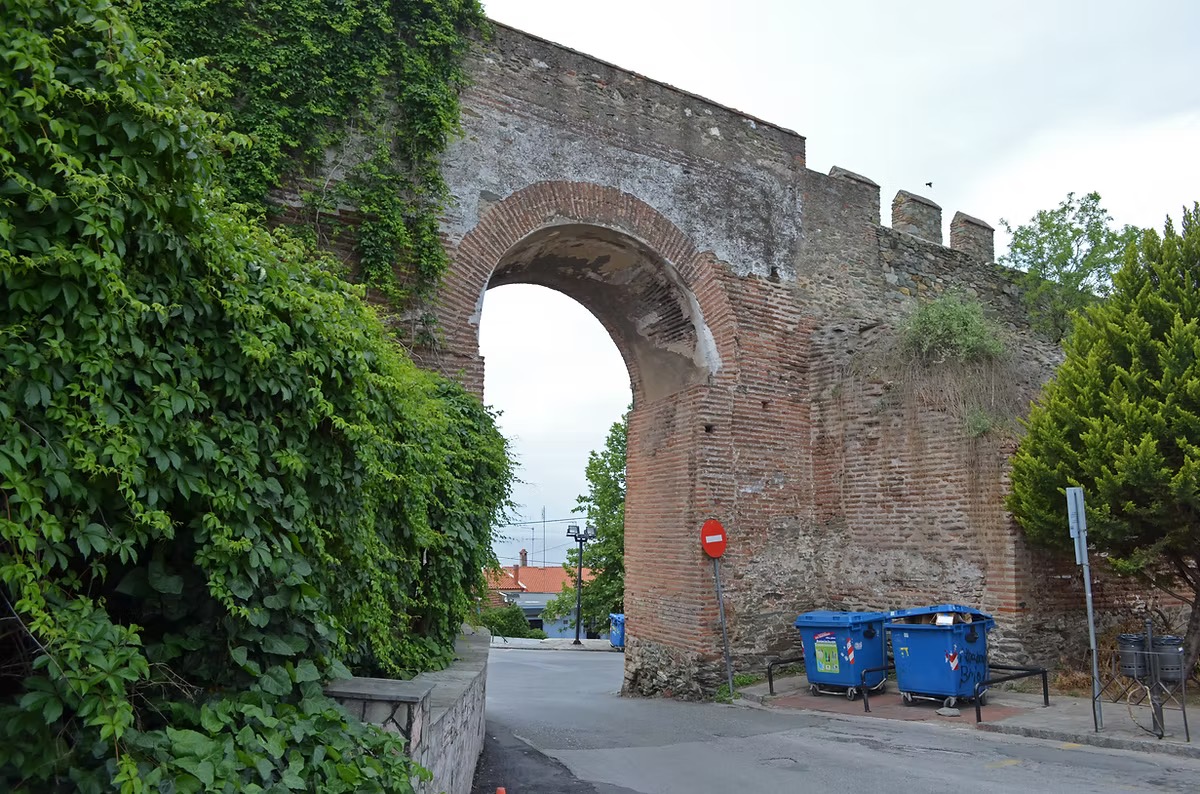
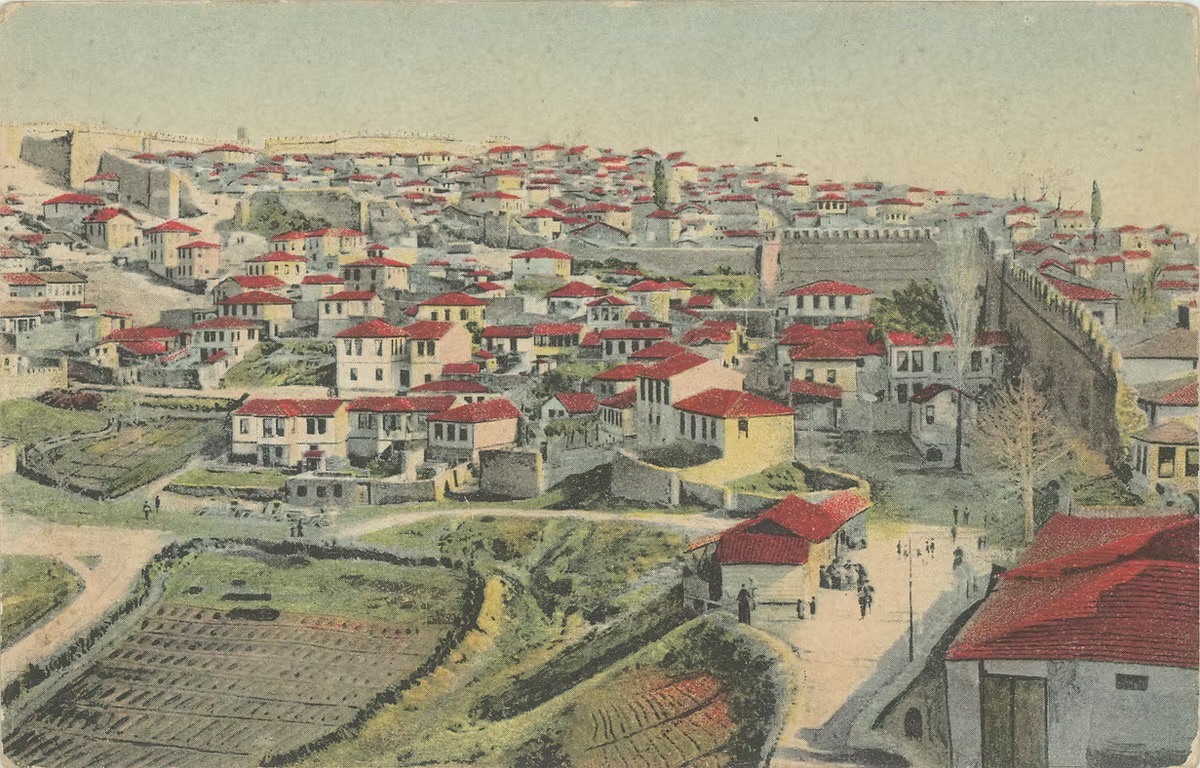
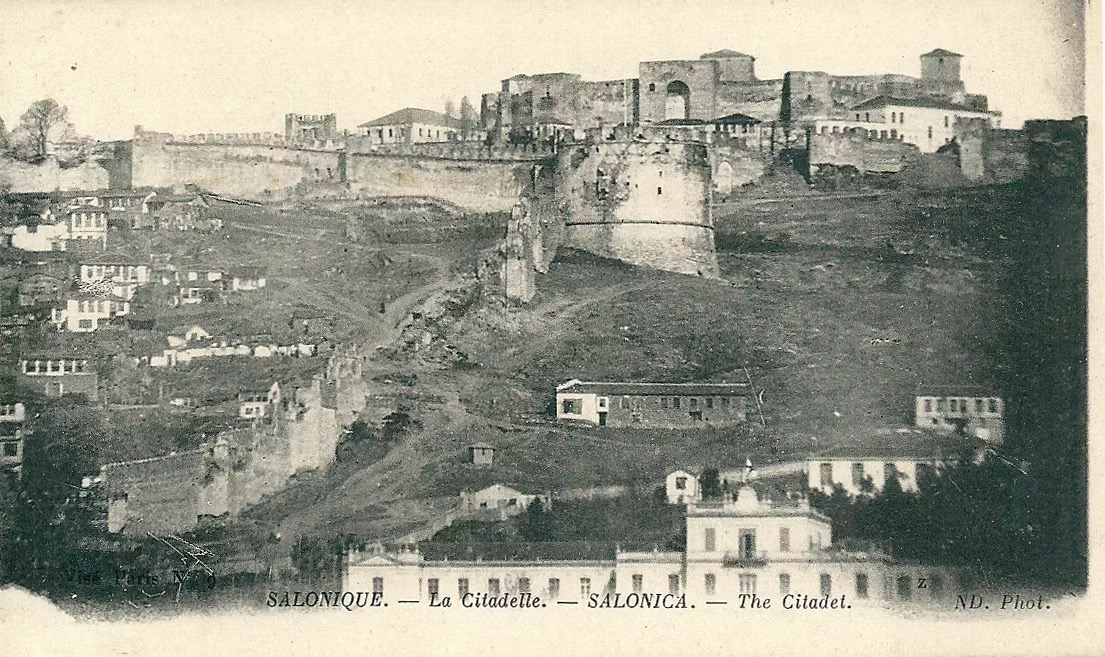
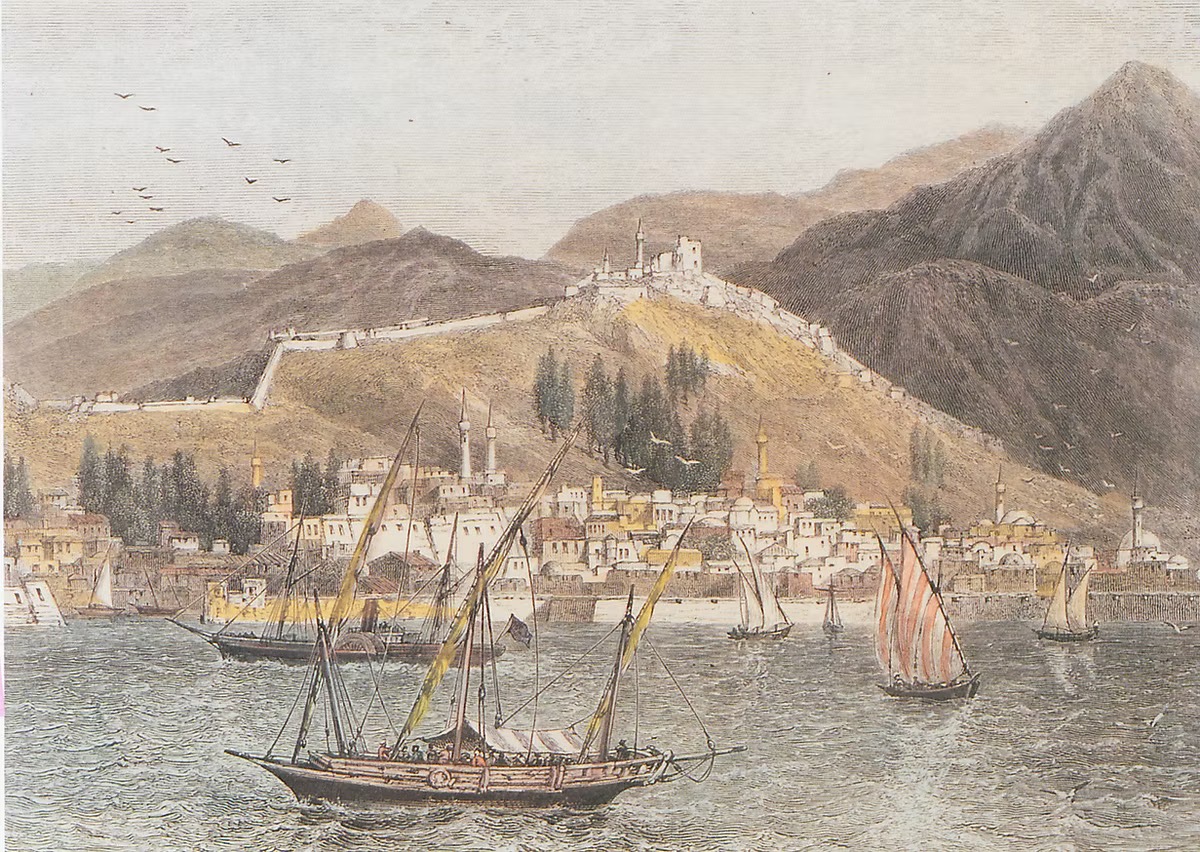
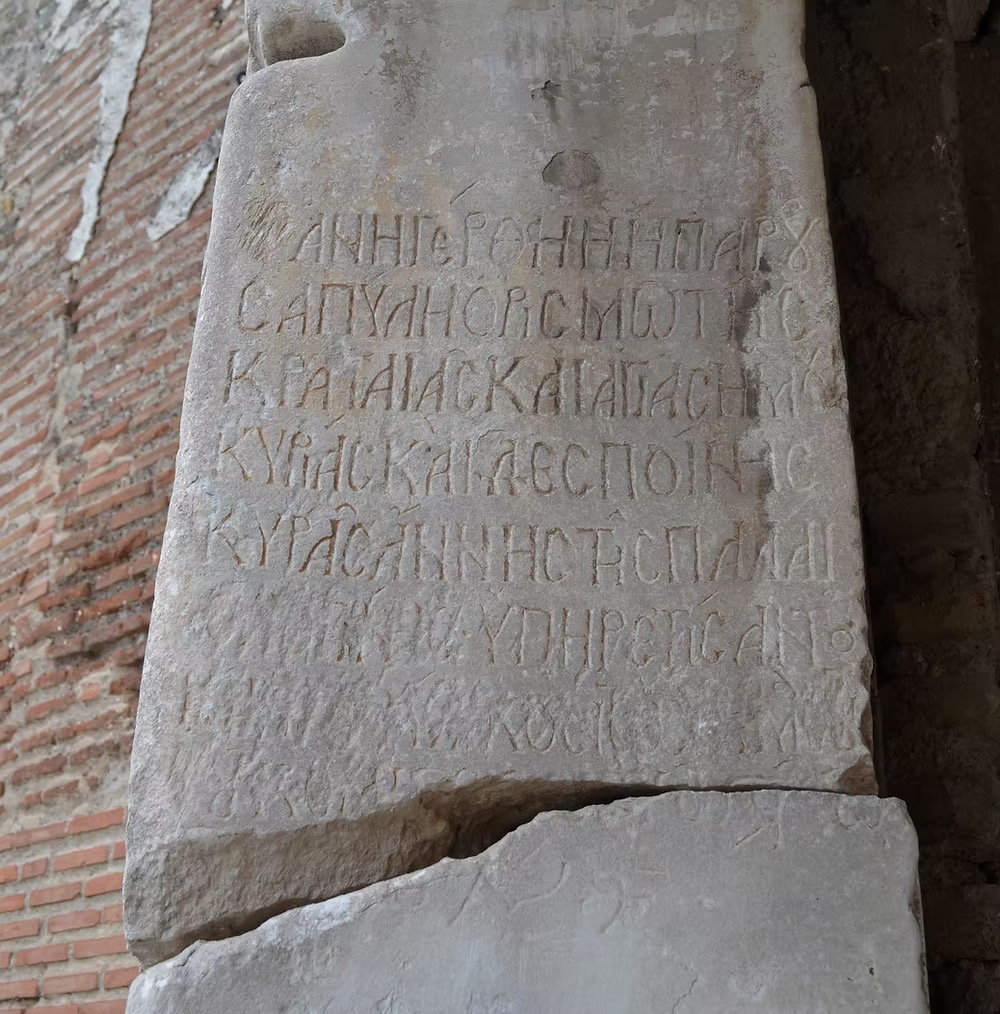
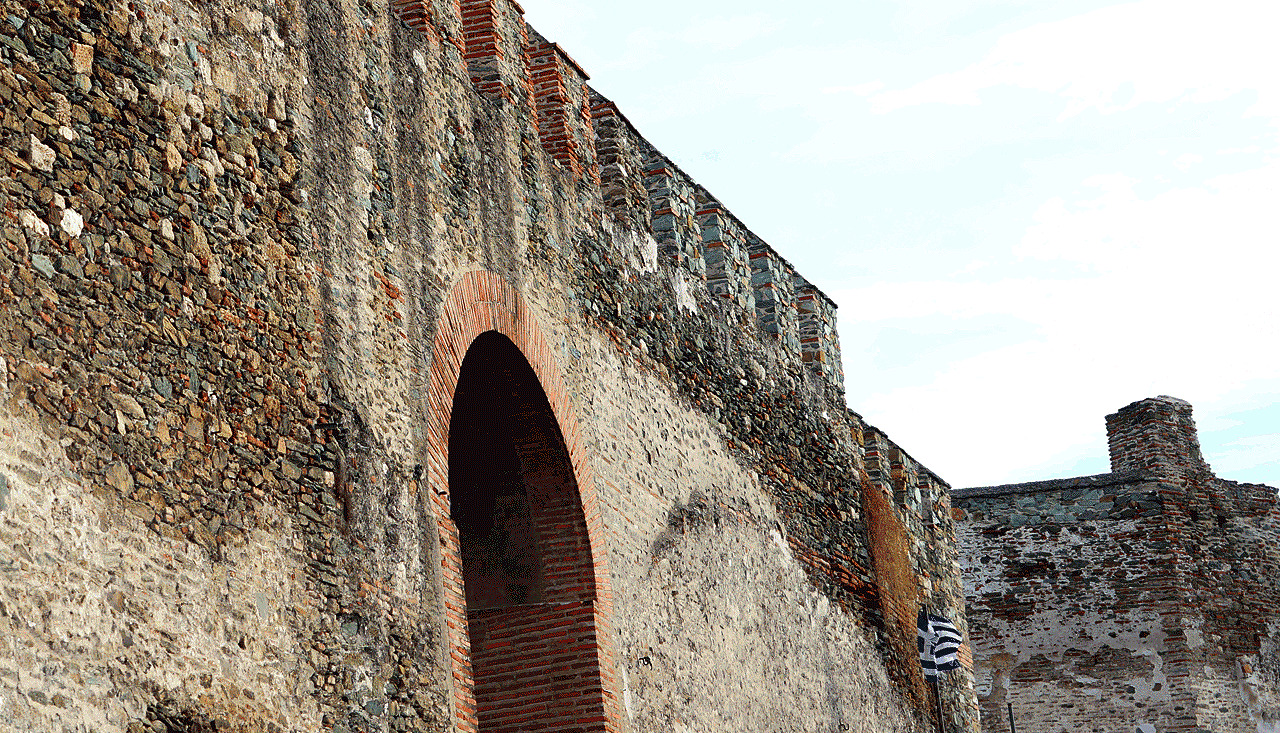
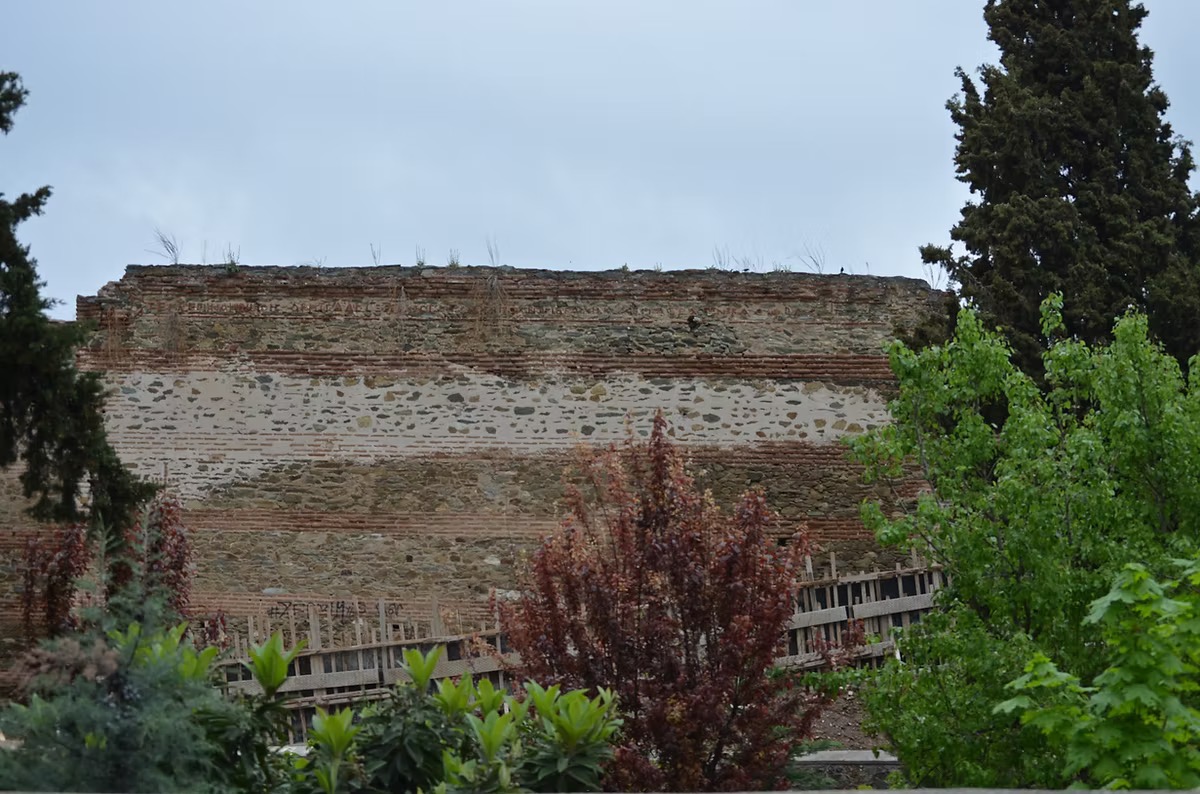
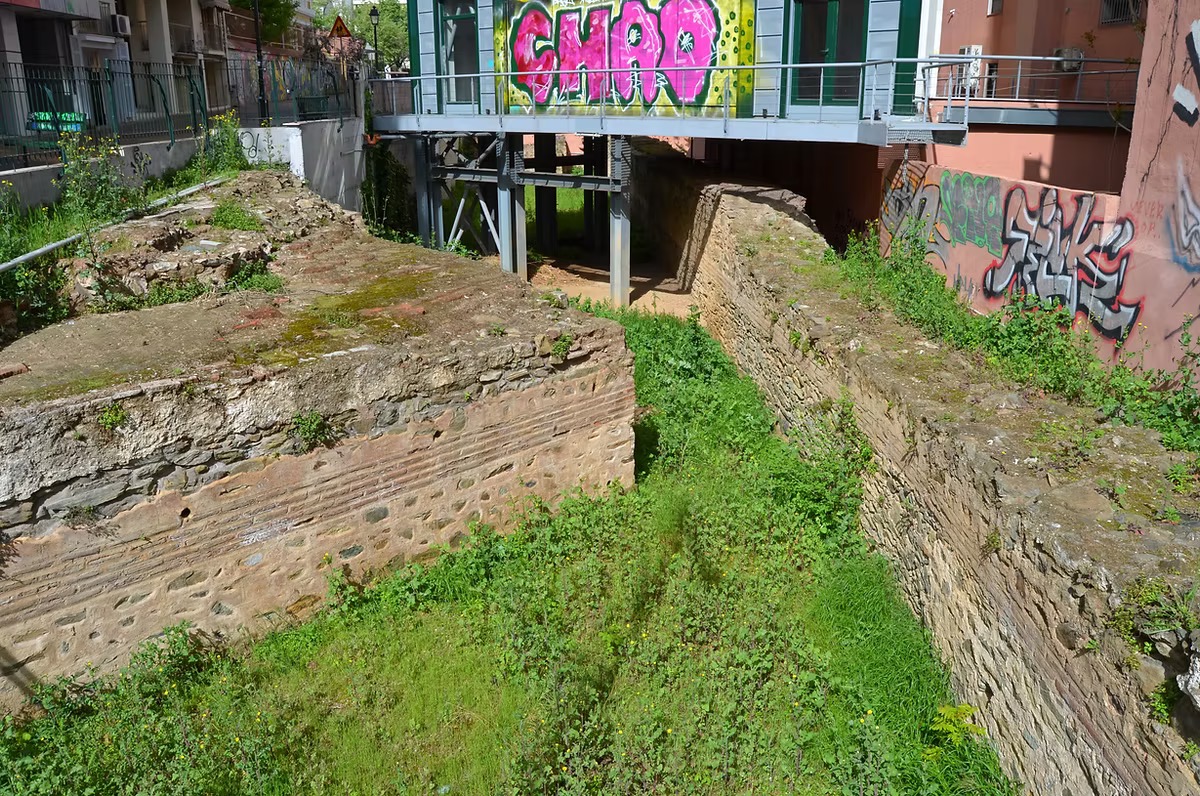
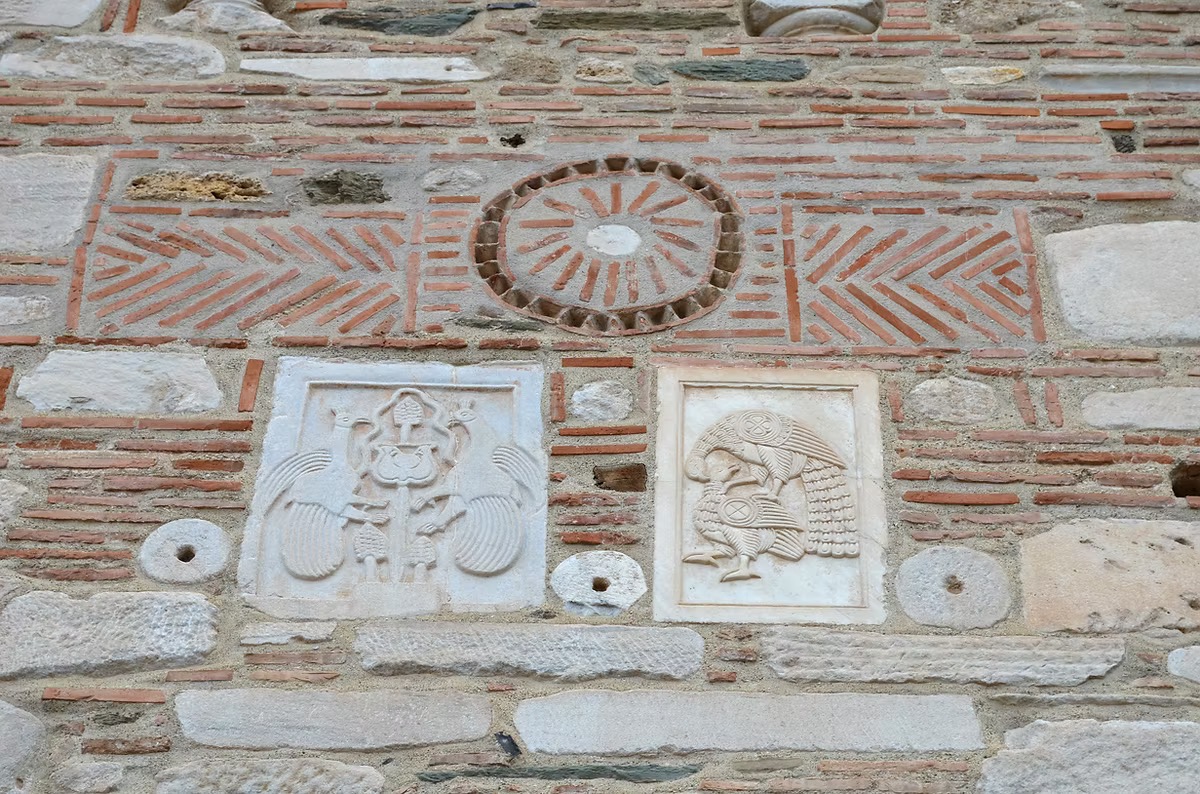
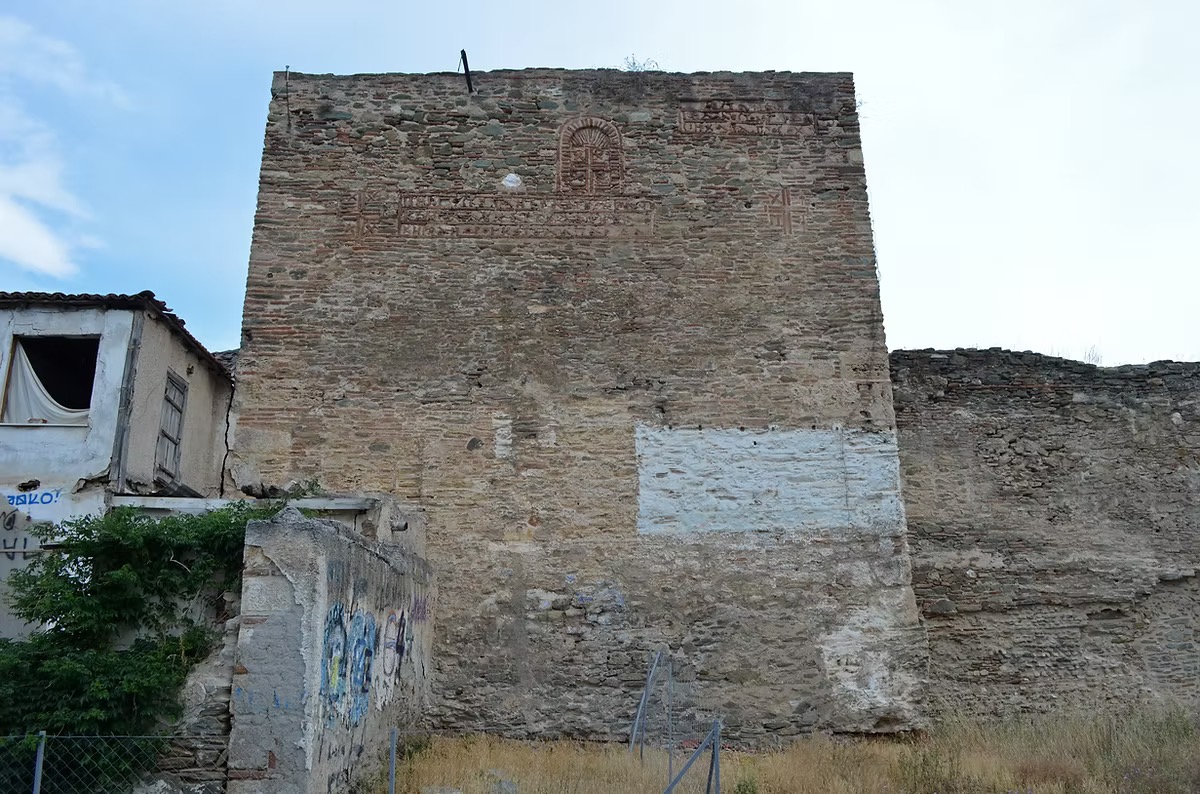
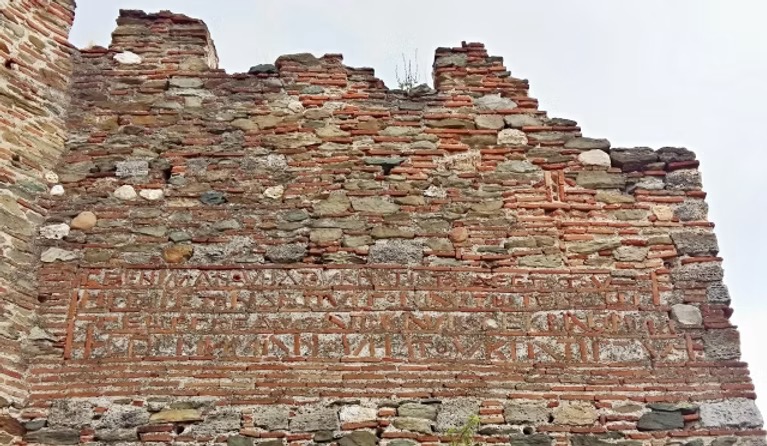
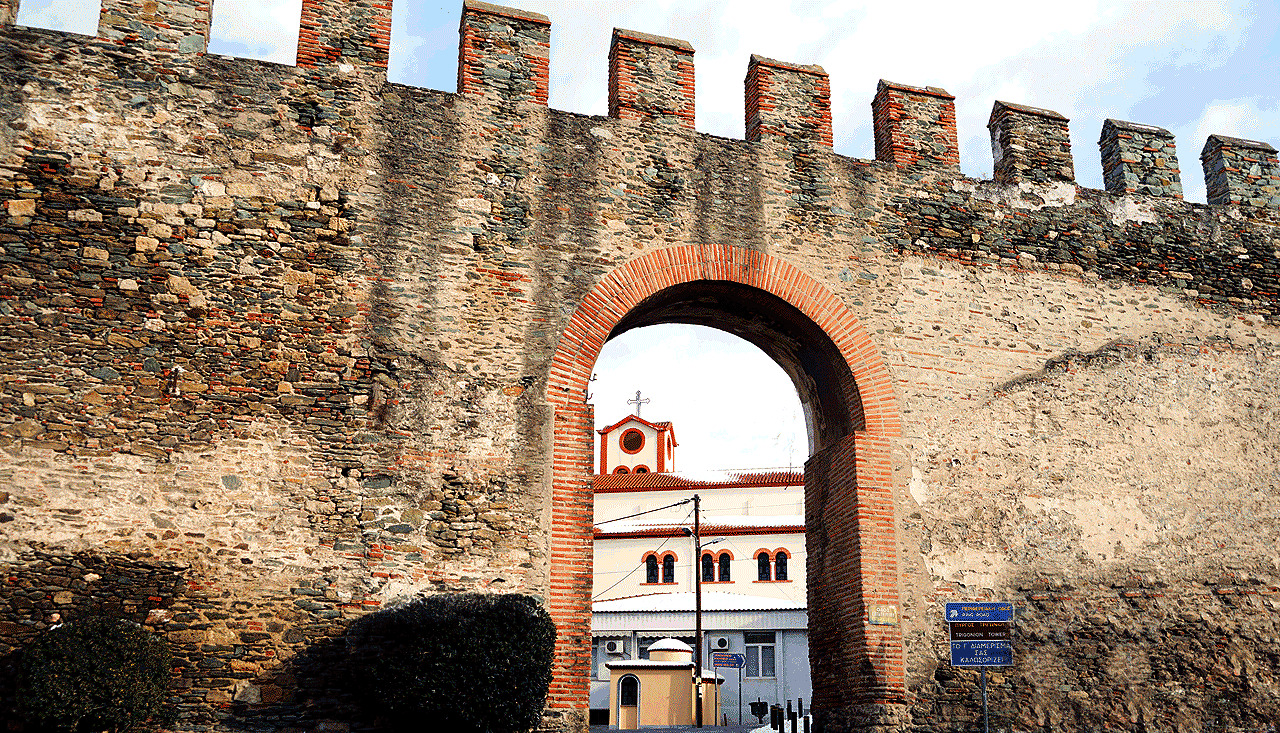
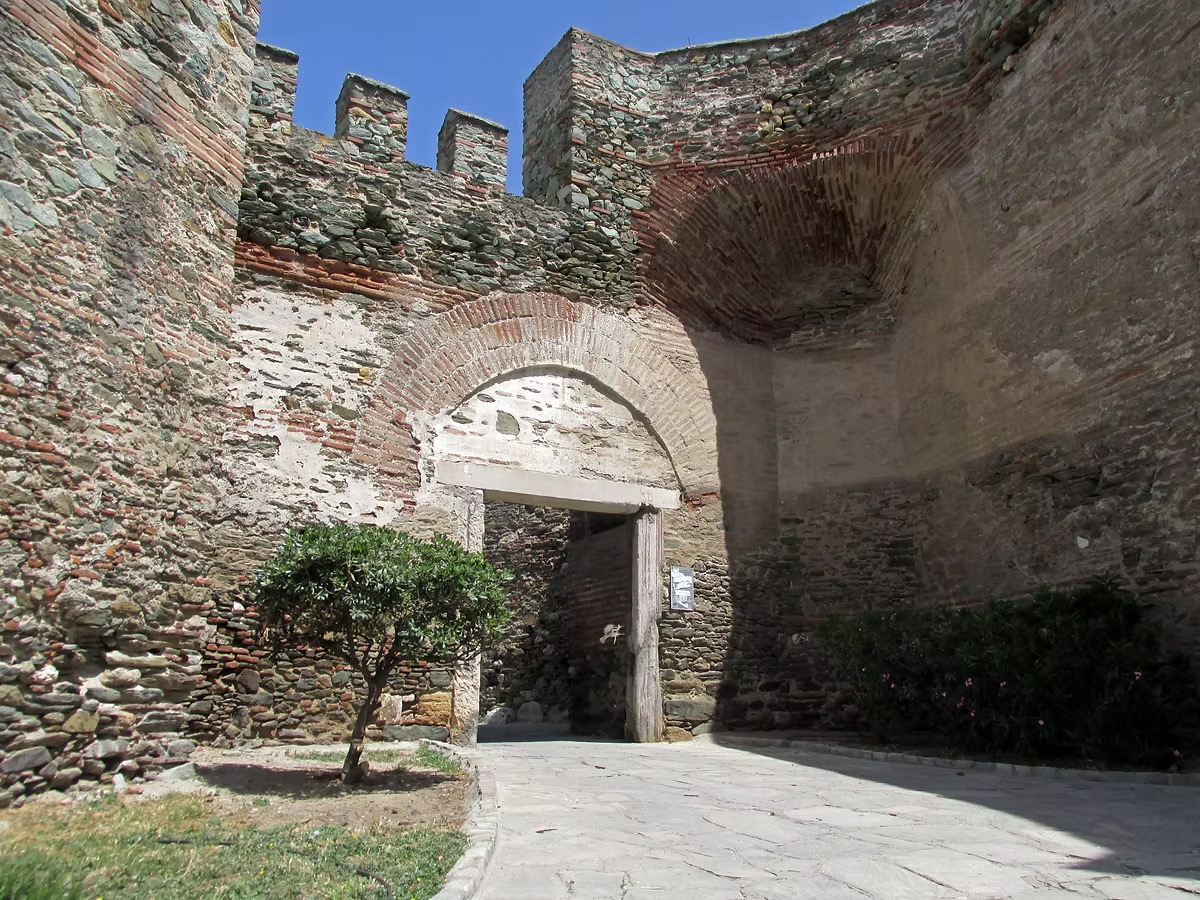
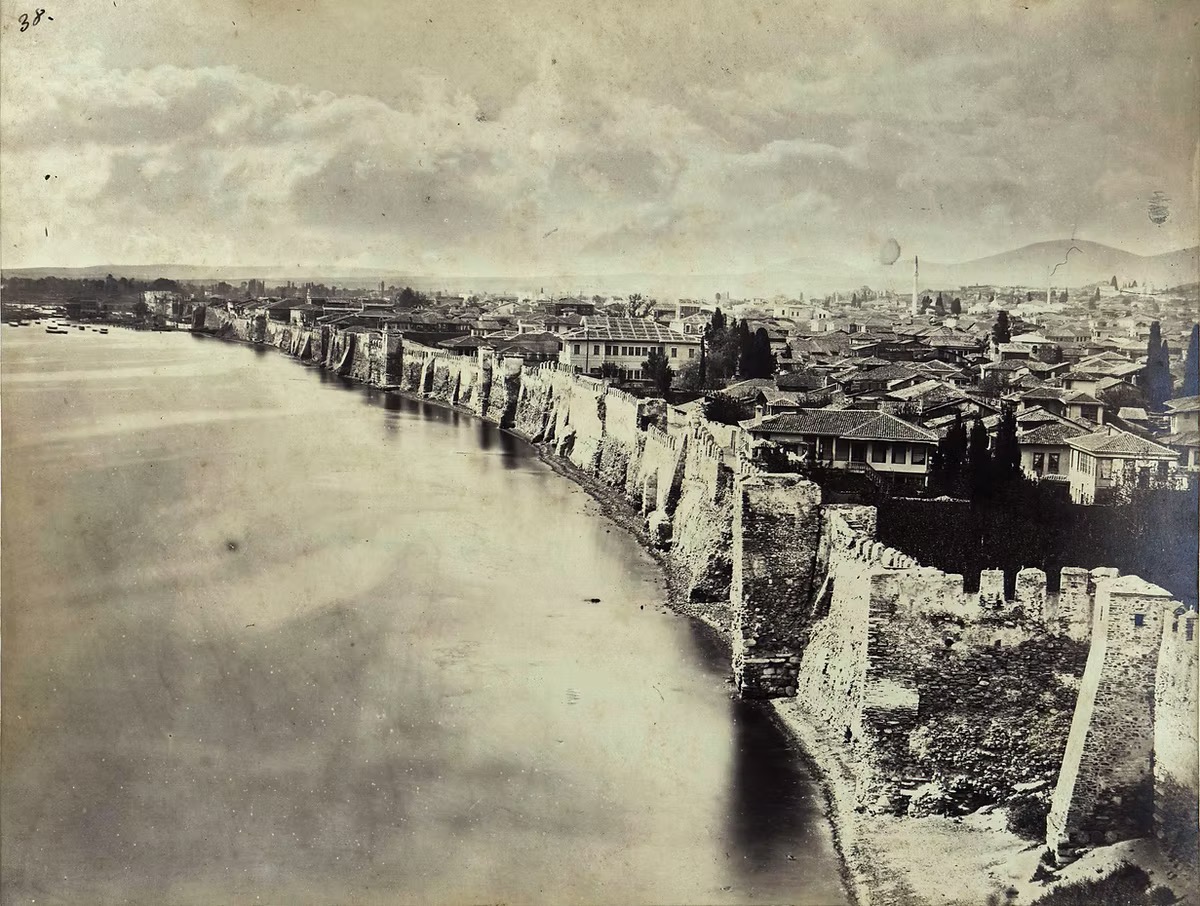
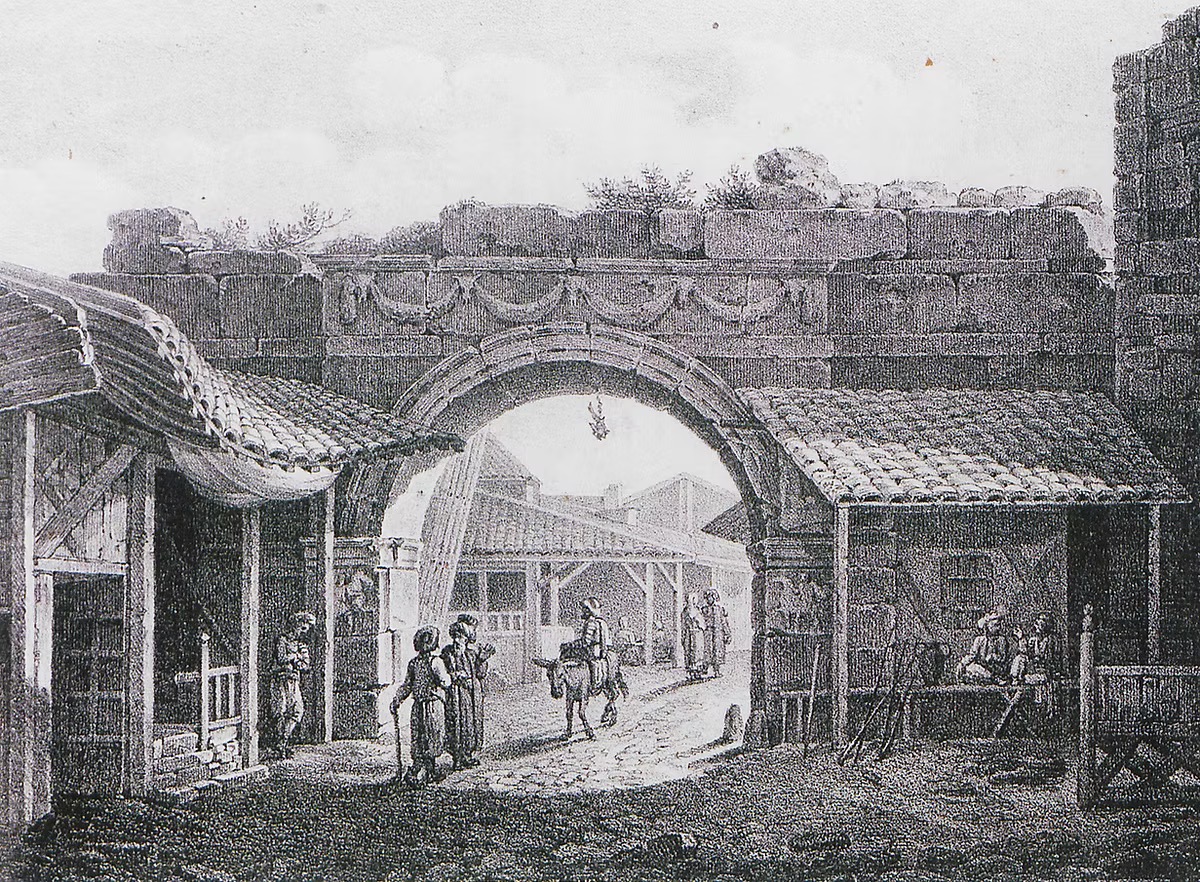
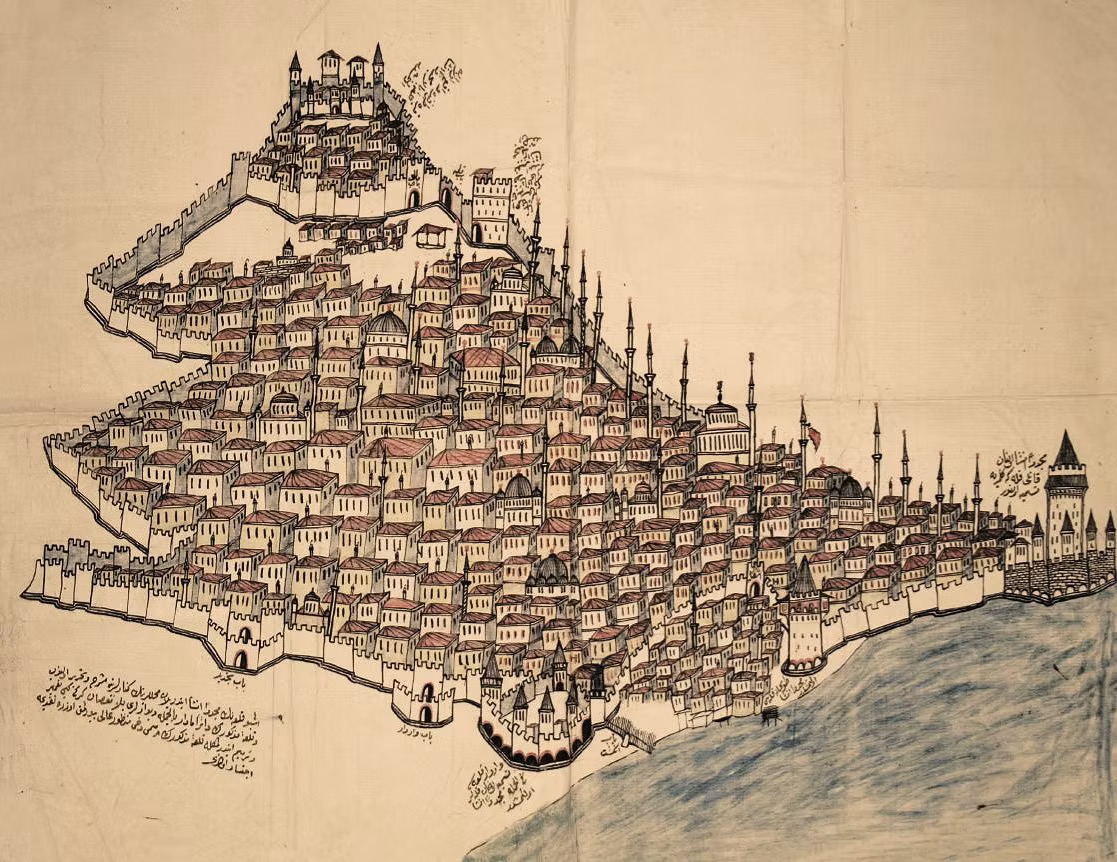
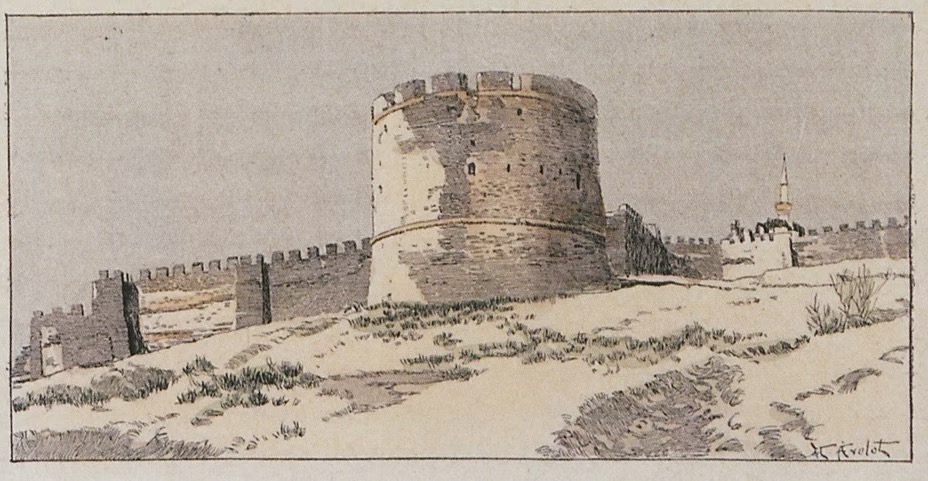
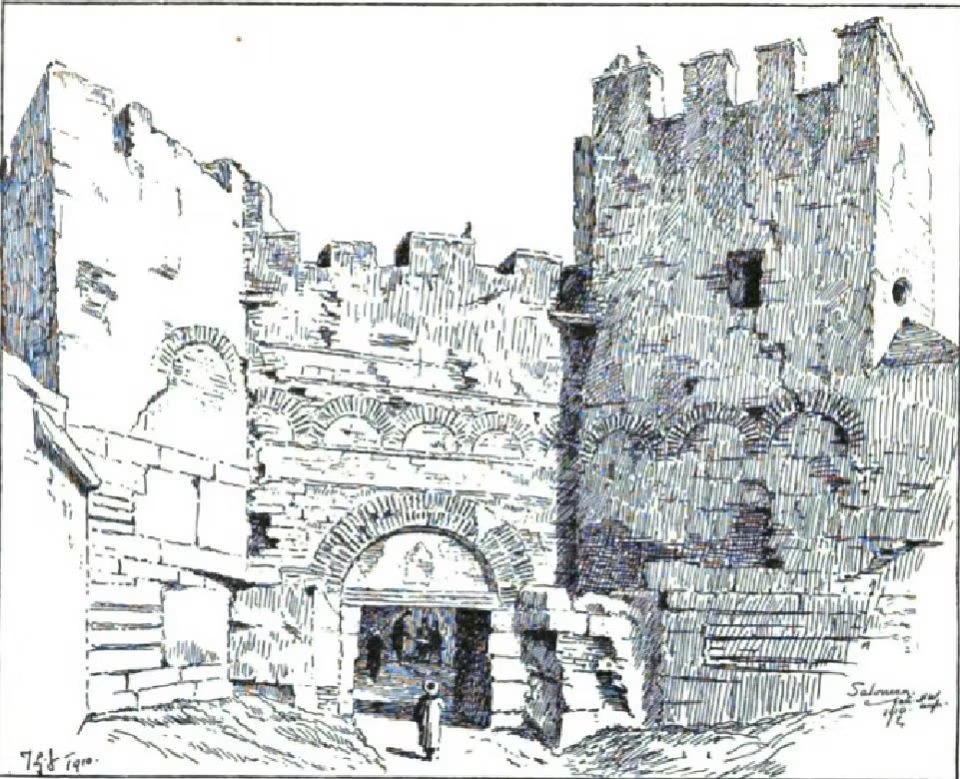
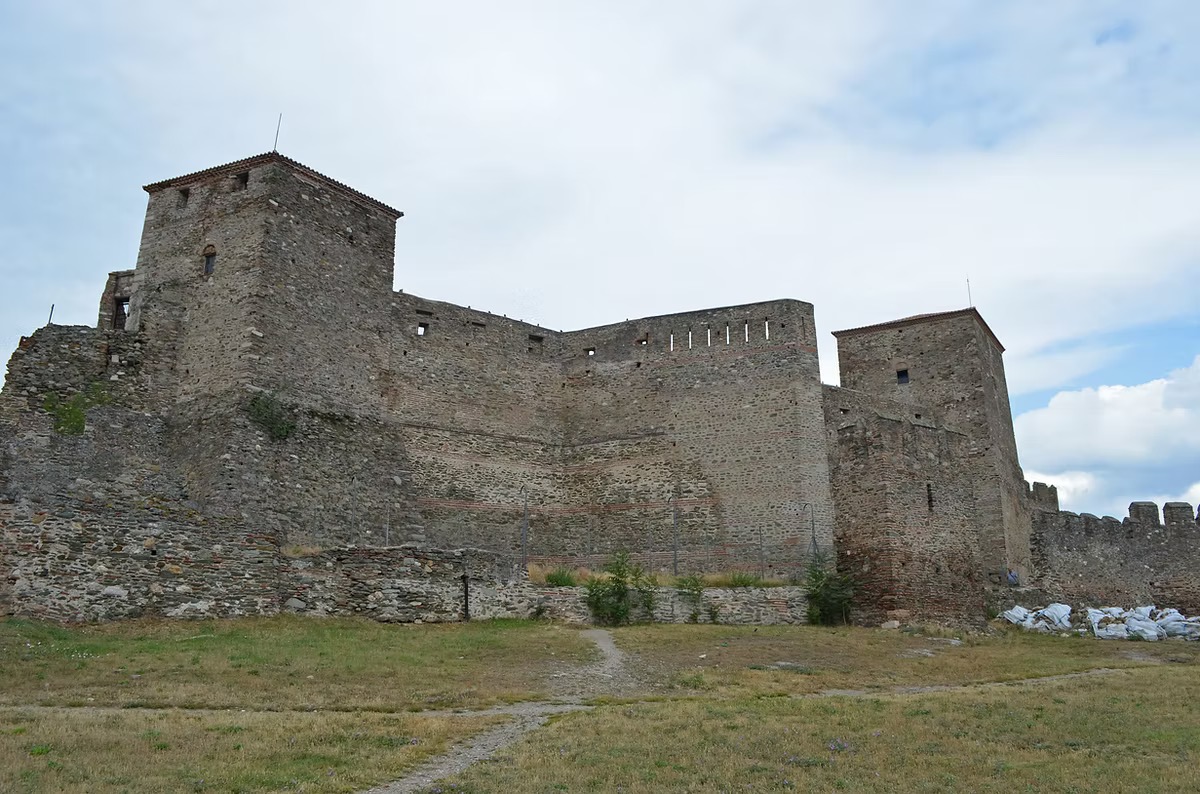
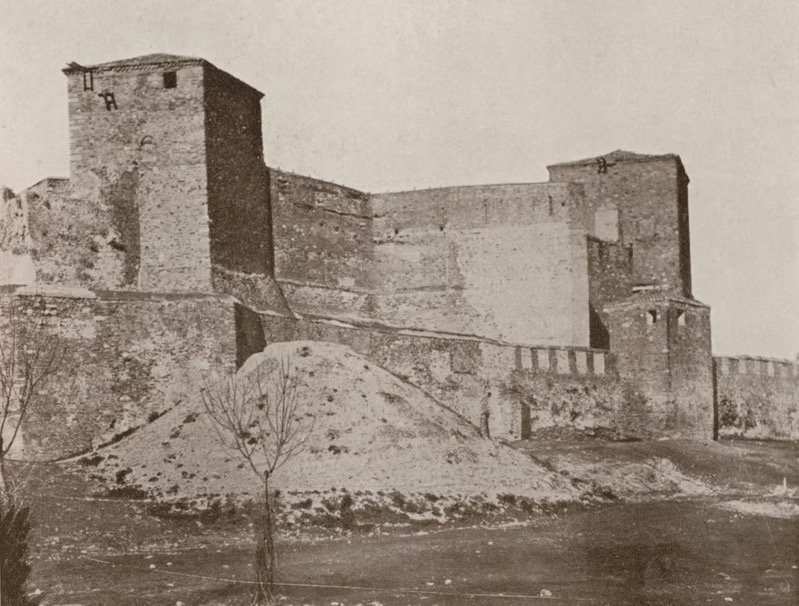
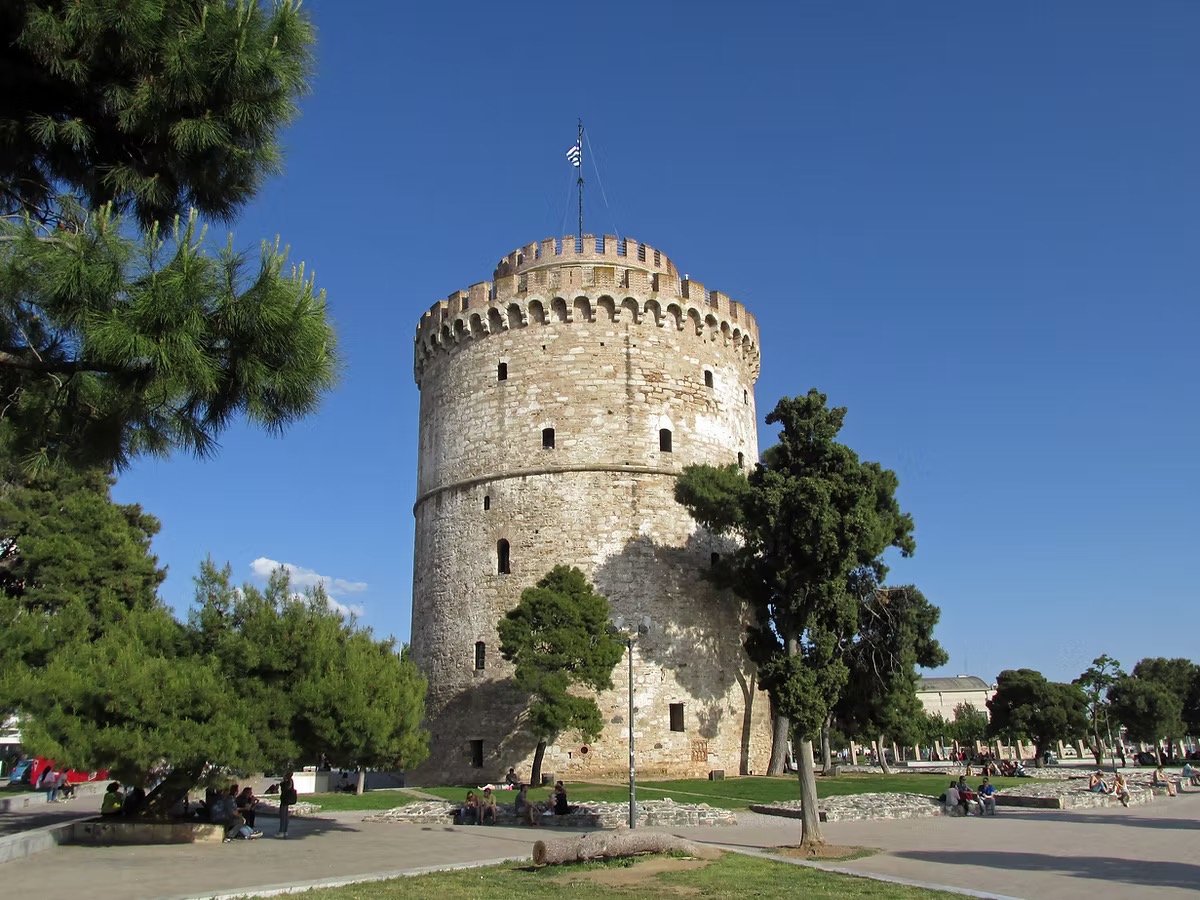

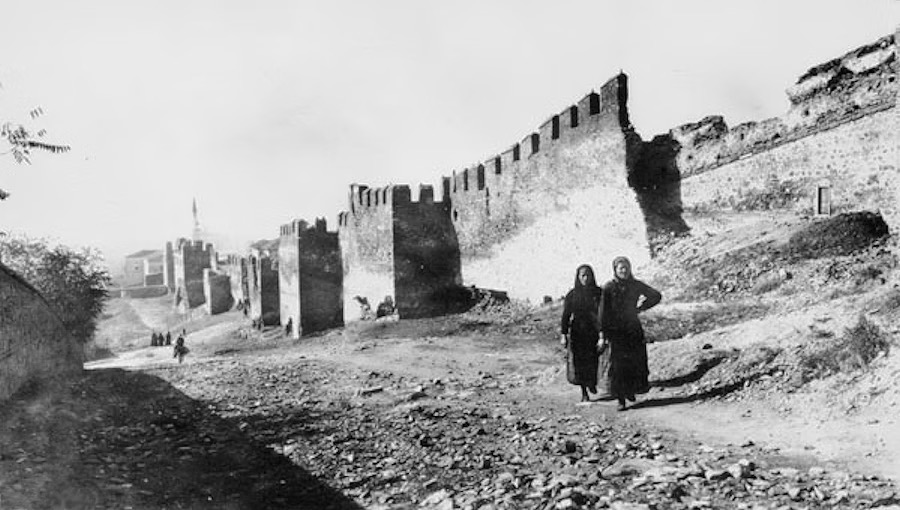
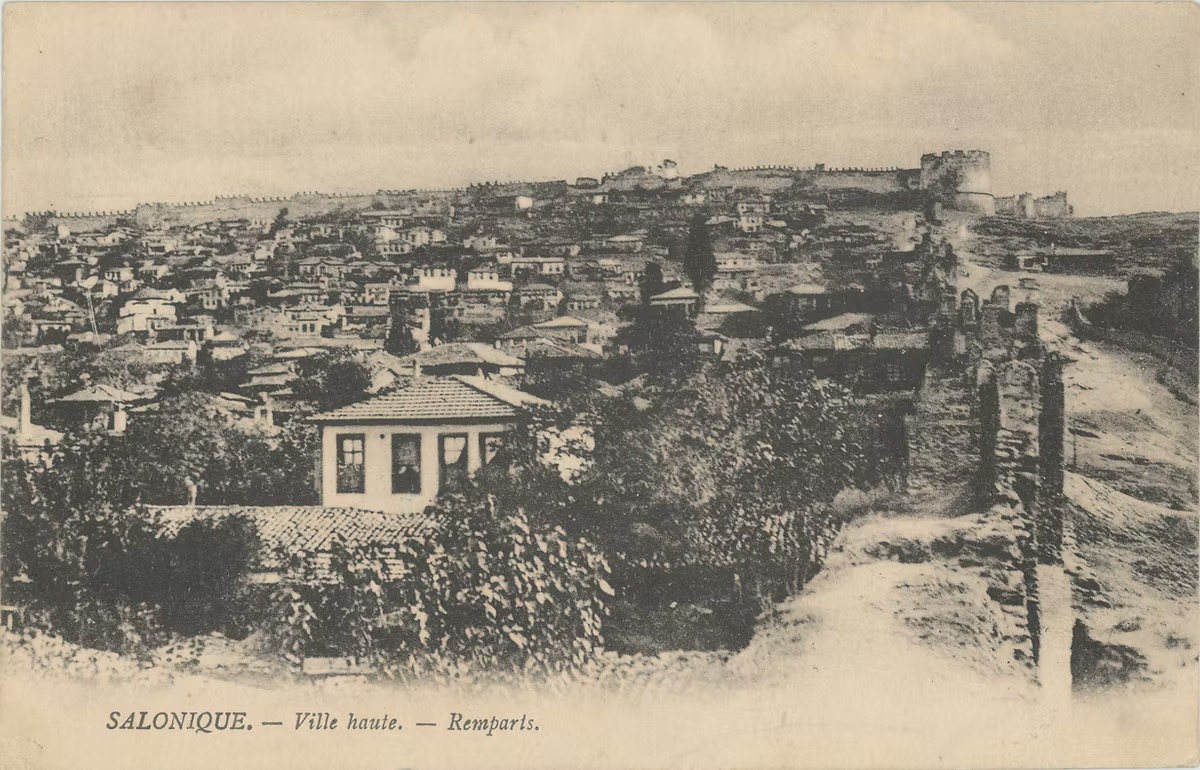
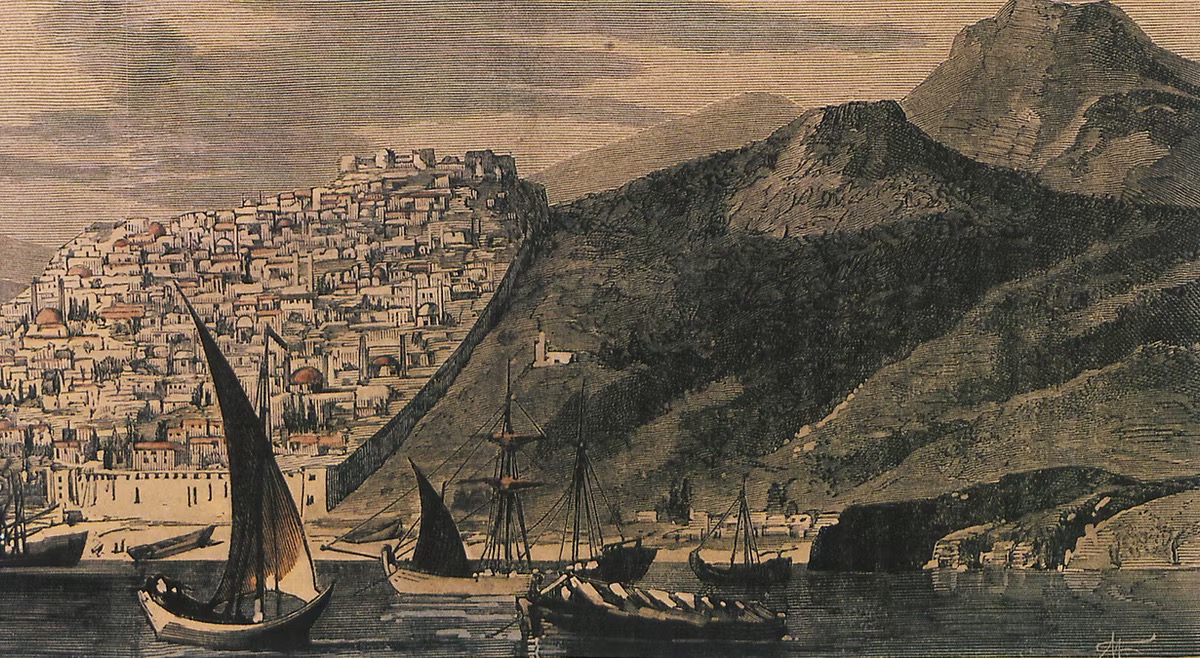

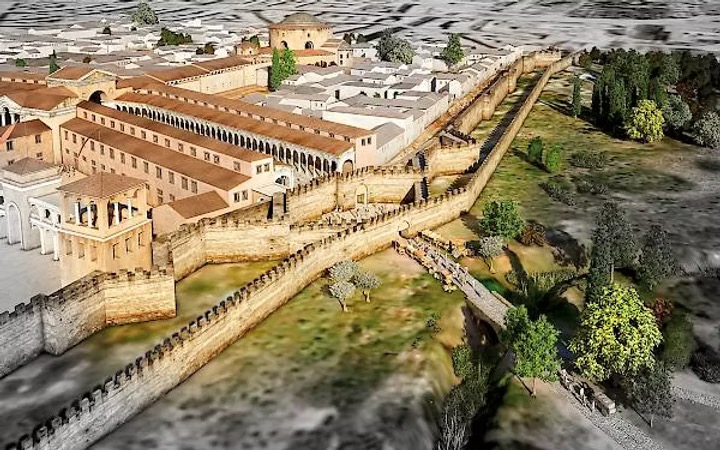
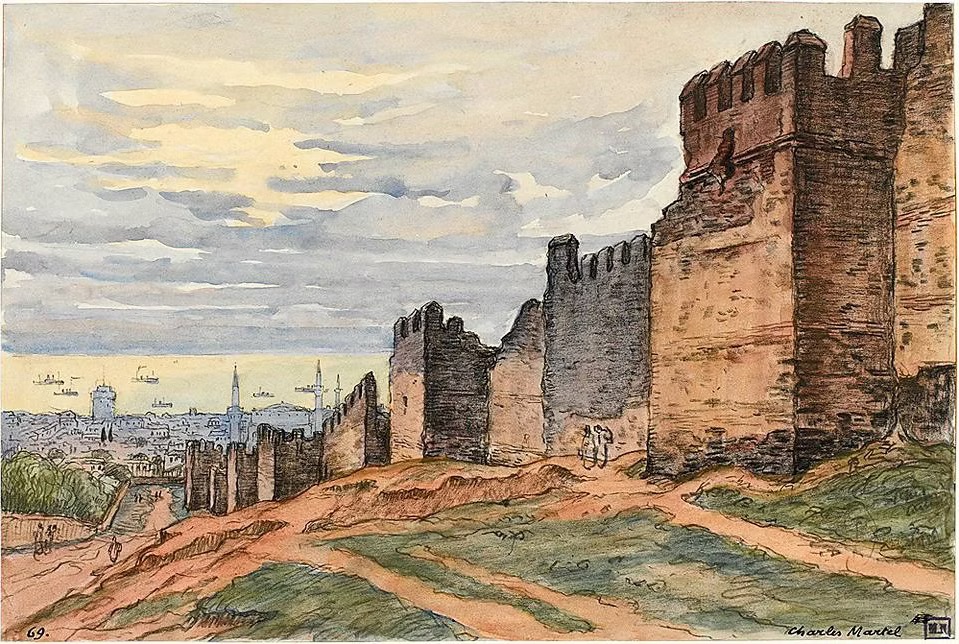
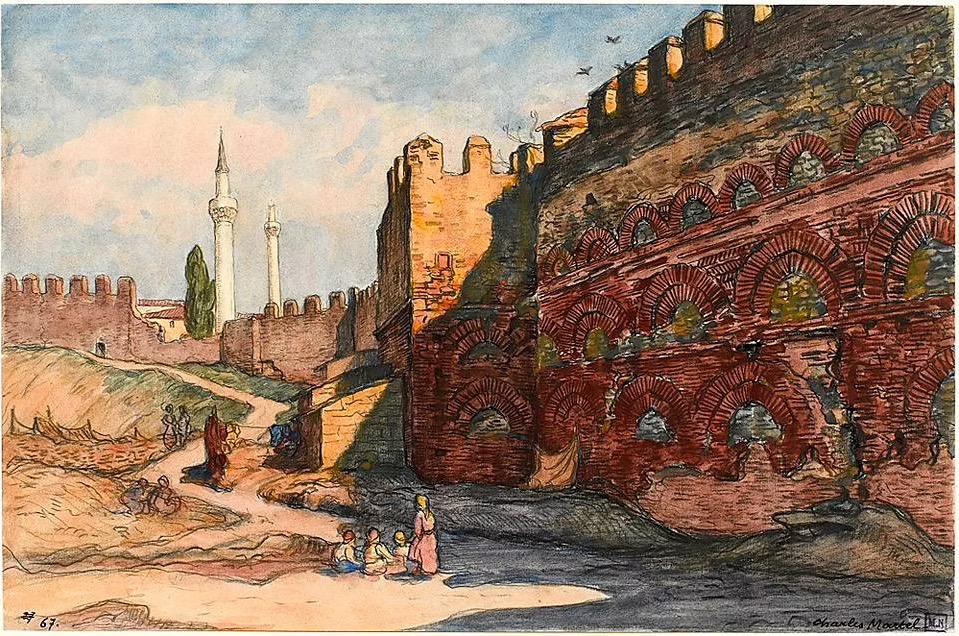

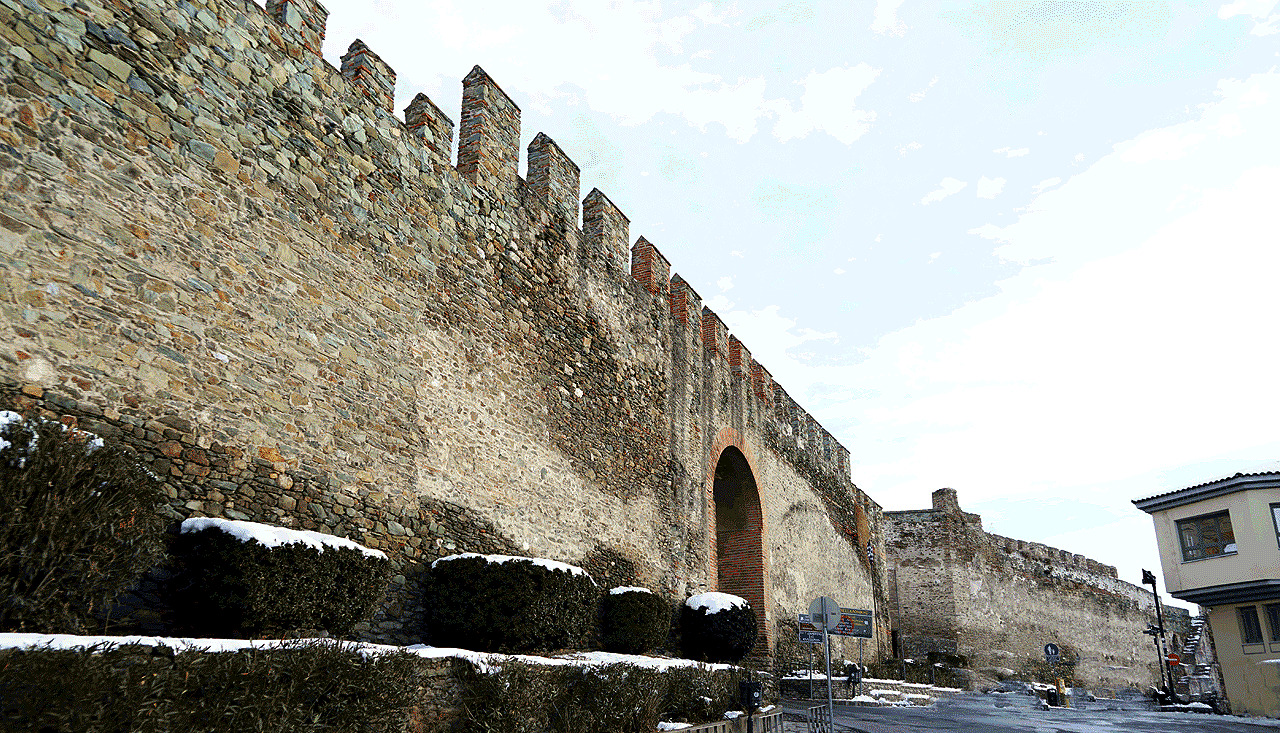
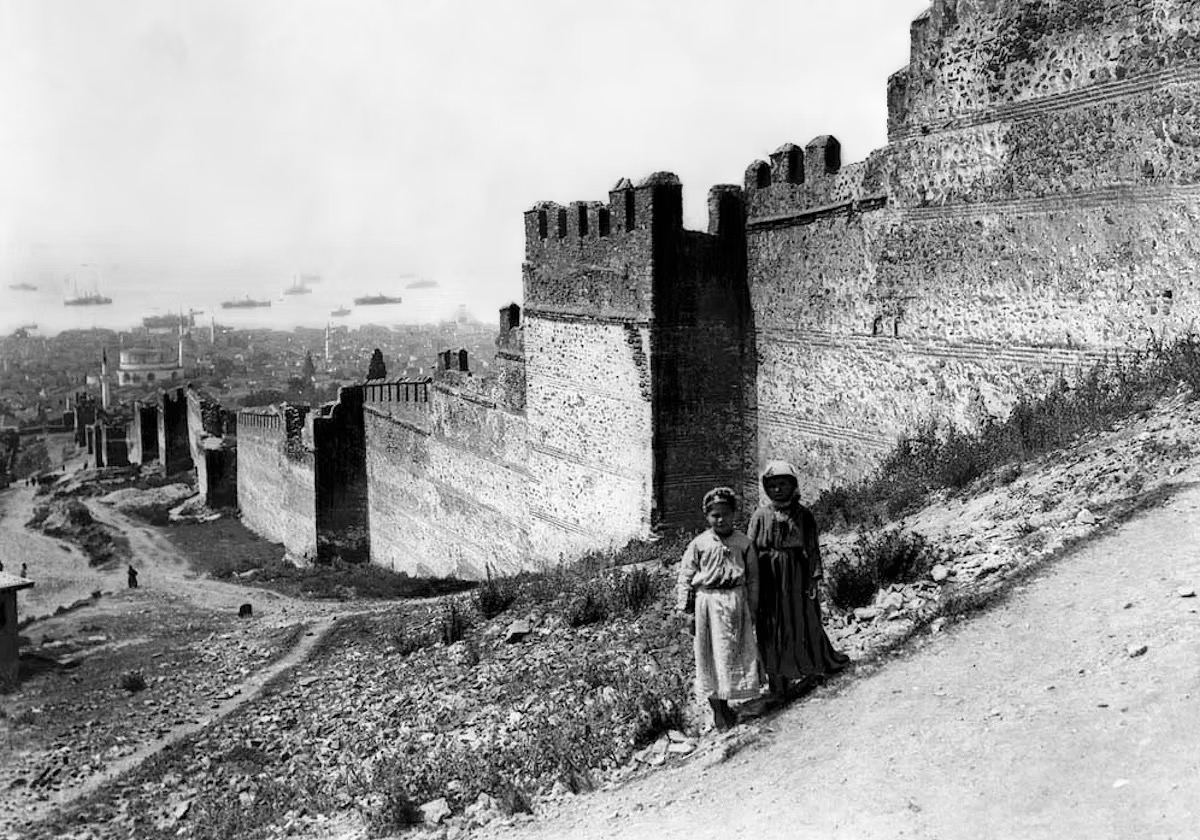
The Byzantine Walls Today: An Imposing Monument
Today, the surviving sections of the Byzantine walls are not only an important archaeological site but also a key part of Thessaloniki’s tourism industry. The walls serve as a reminder of the city’s resilience throughout history, attracting visitors from around the world who come to explore the rich cultural and architectural heritage of the region.
The ongoing excavation work continues to uncover more of the original structures, providing valuable insight into the history of Thessaloniki. These walls are now protected and preserved, serving as an enduring legacy of the city’s past and a monument to the ingenuity of the Byzantine and Ottoman engineers who built them.
Video
Watch the video to explore the hidden ruins of Byzantine Constantinople! Don’t miss this fascinating look at the ancient city’s remnants and history.
Conclusion: The Enduring Legacy of Thessaloniki’s Byzantine Walls
The Byzantine walls of Thessaloniki are not just fortifications—they are symbols of the city’s enduring resilience and rich history. From their initial construction by Cassander to their later modifications under Theodosius I and the Ottomans, the walls have witnessed countless battles, sieges, and transformations. Today, they stand as a testament to the city’s past, offering us a glimpse into the challenges and triumphs that shaped Thessaloniki.
As one of the most important historical landmarks in Greece, the Byzantine walls are not just a physical barrier but a bridge to the past, connecting us to the people and events that have defined the city for centuries.
